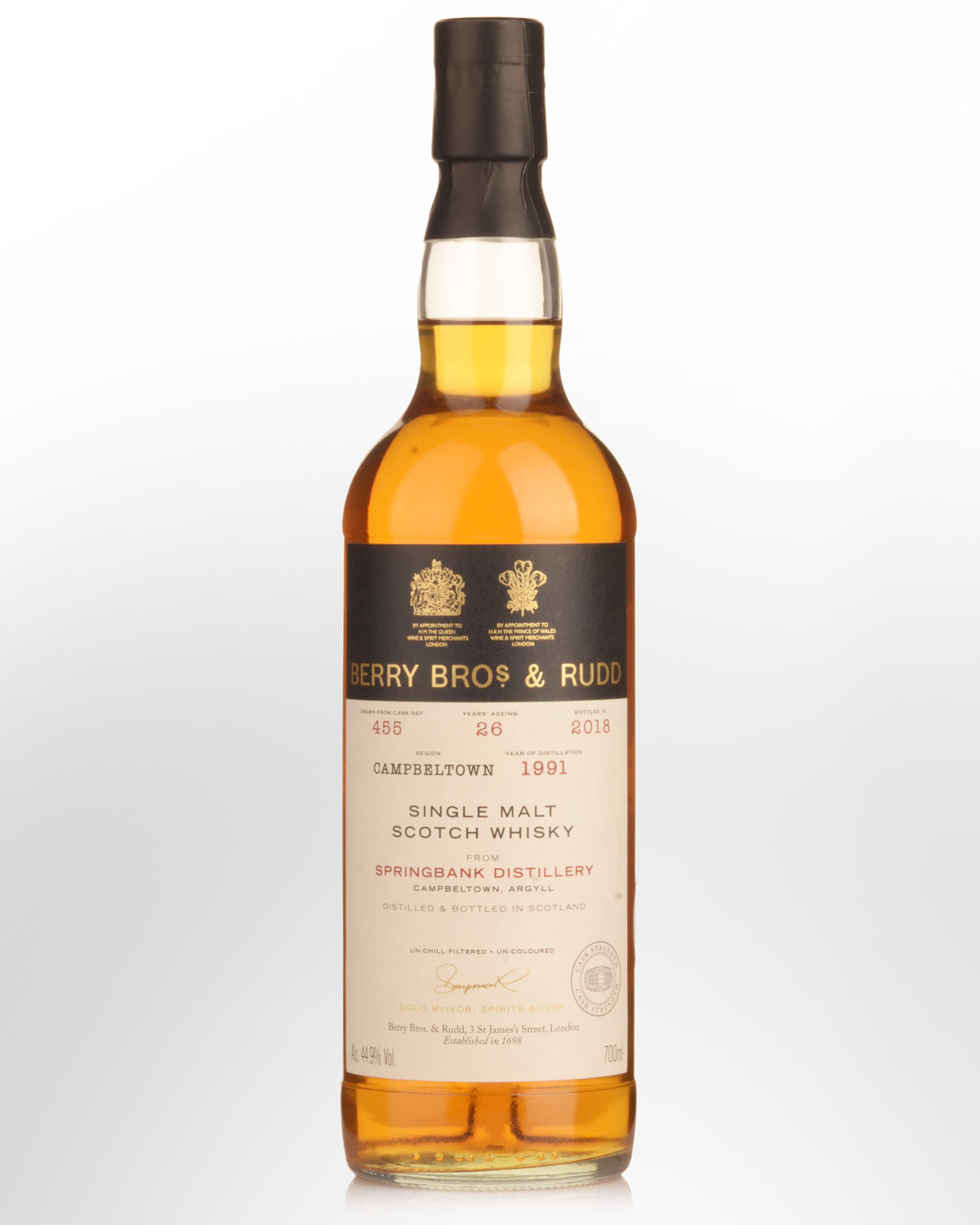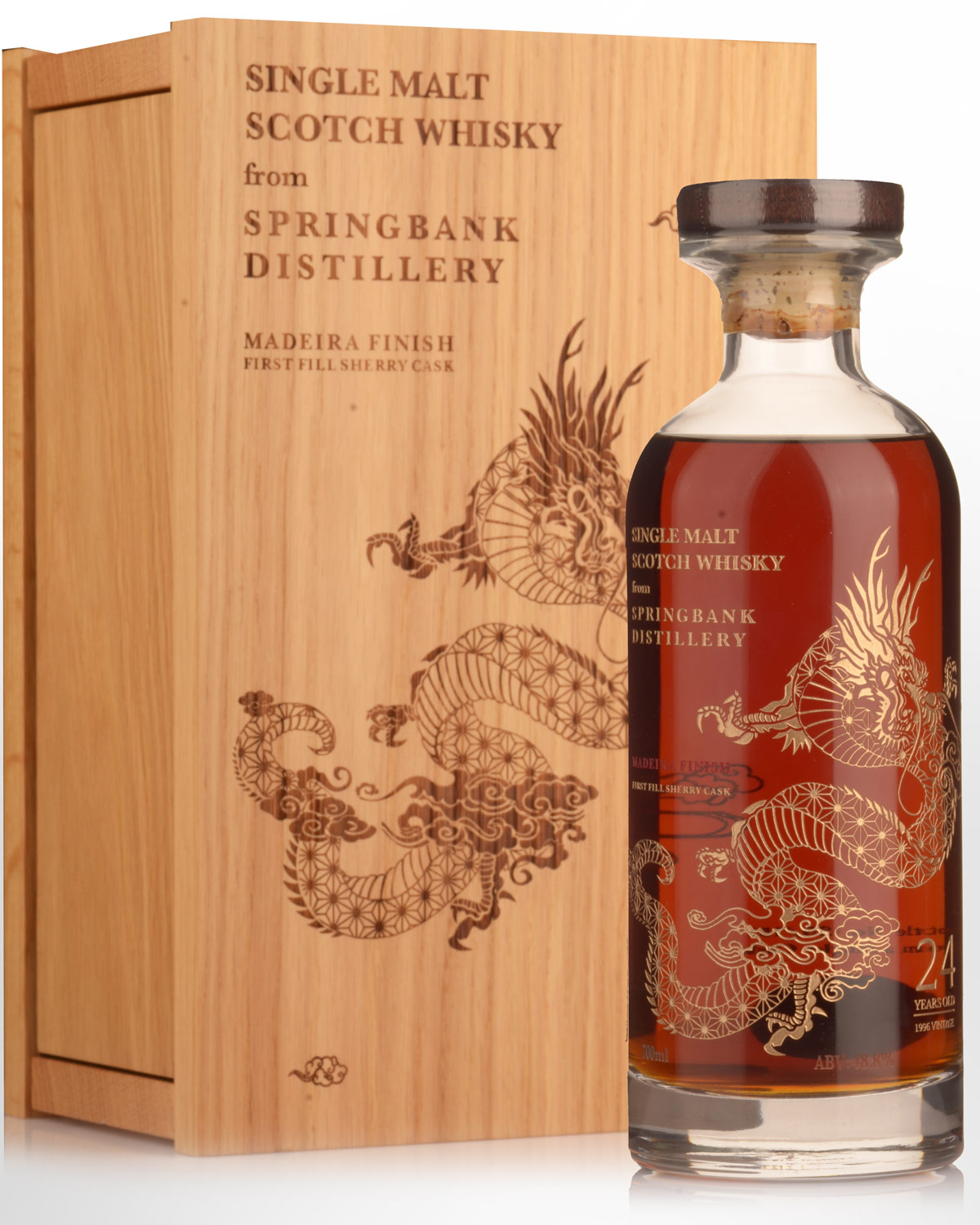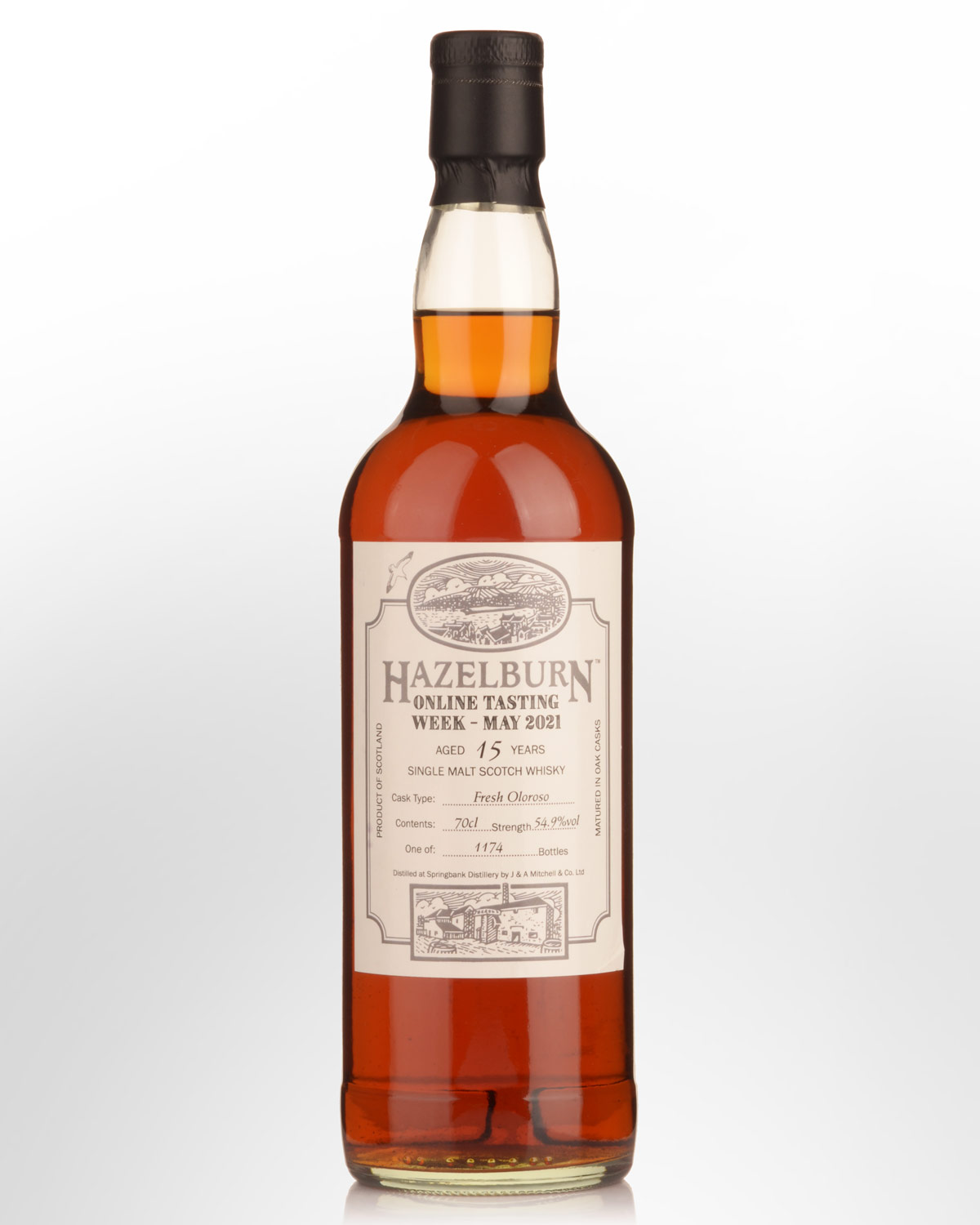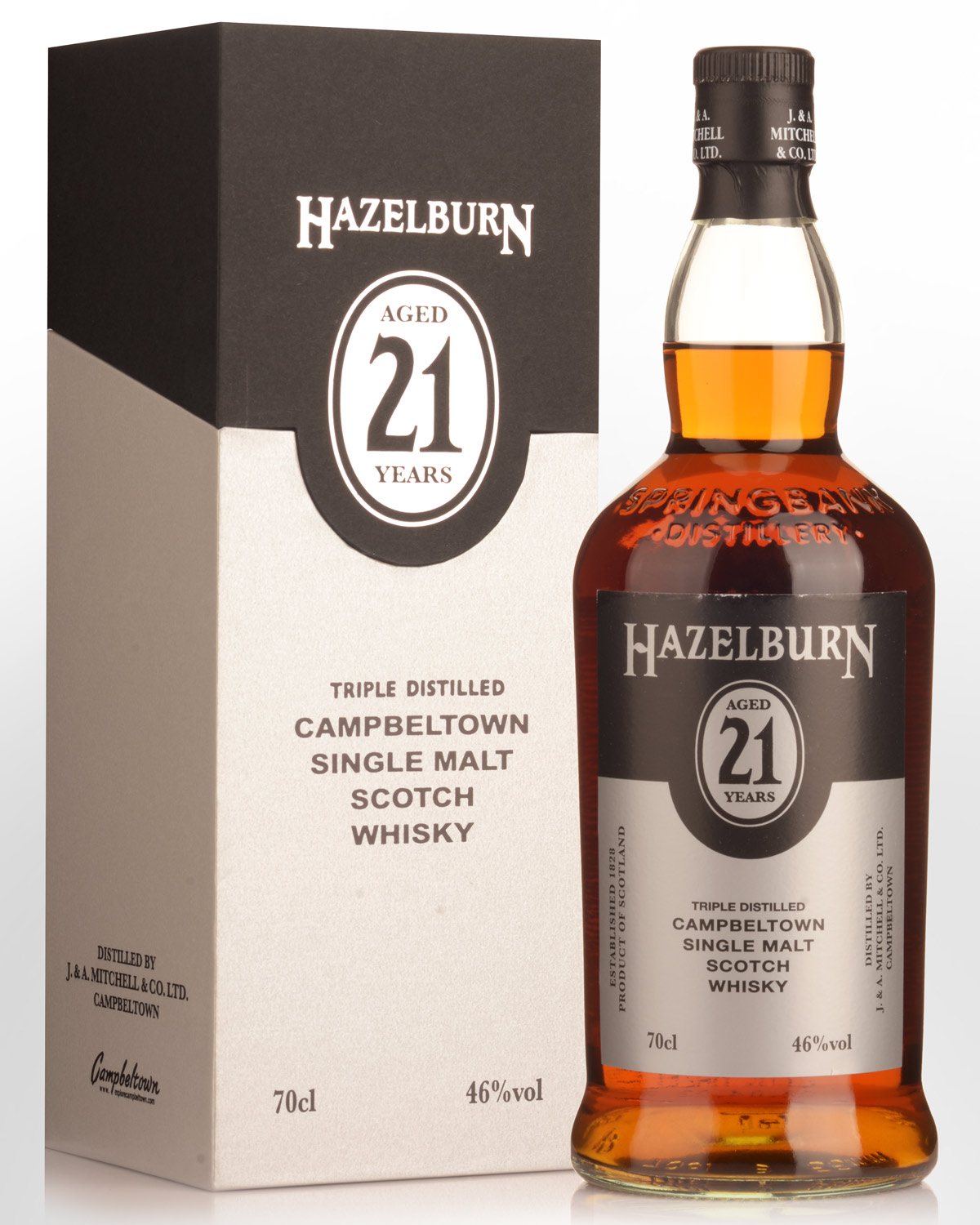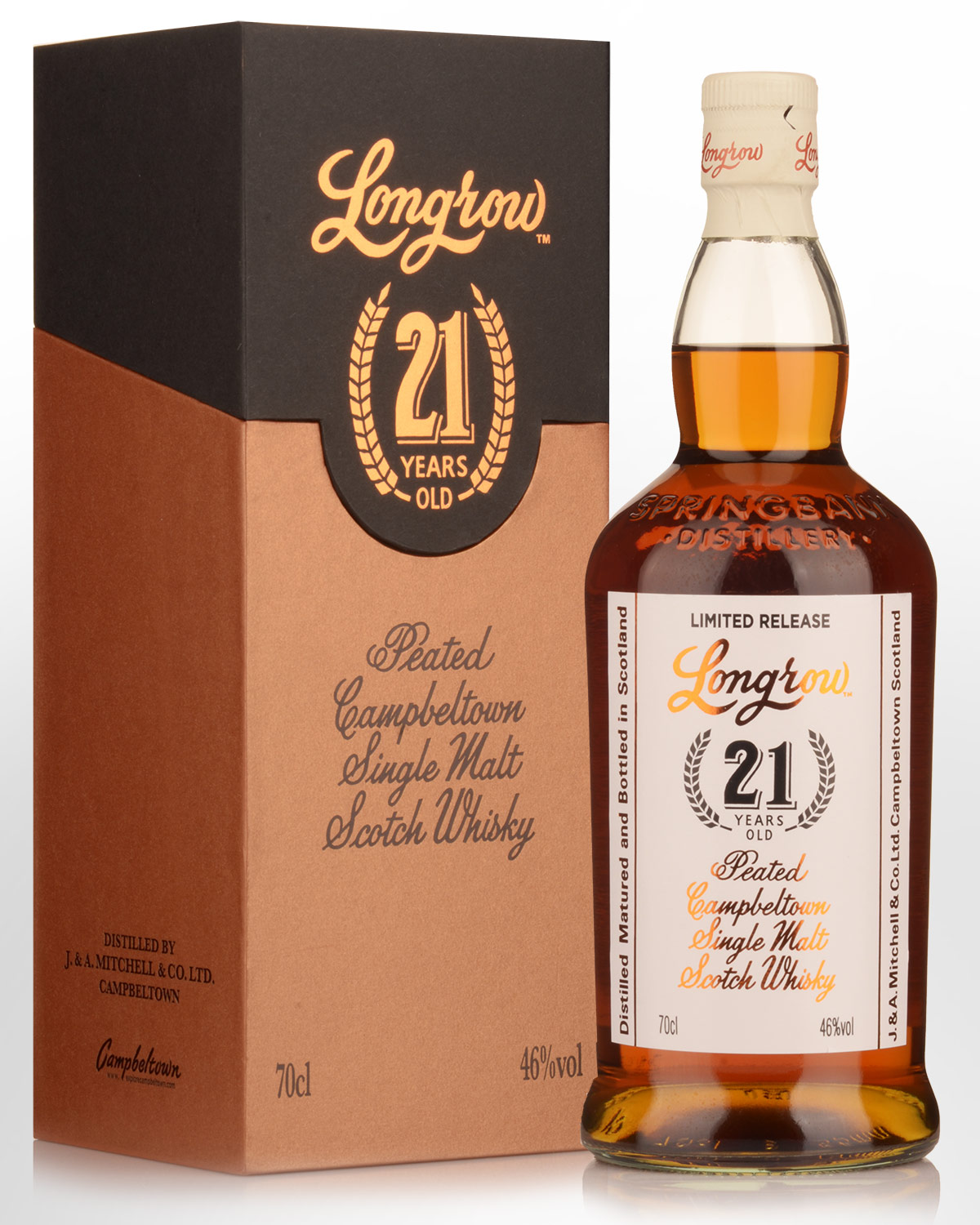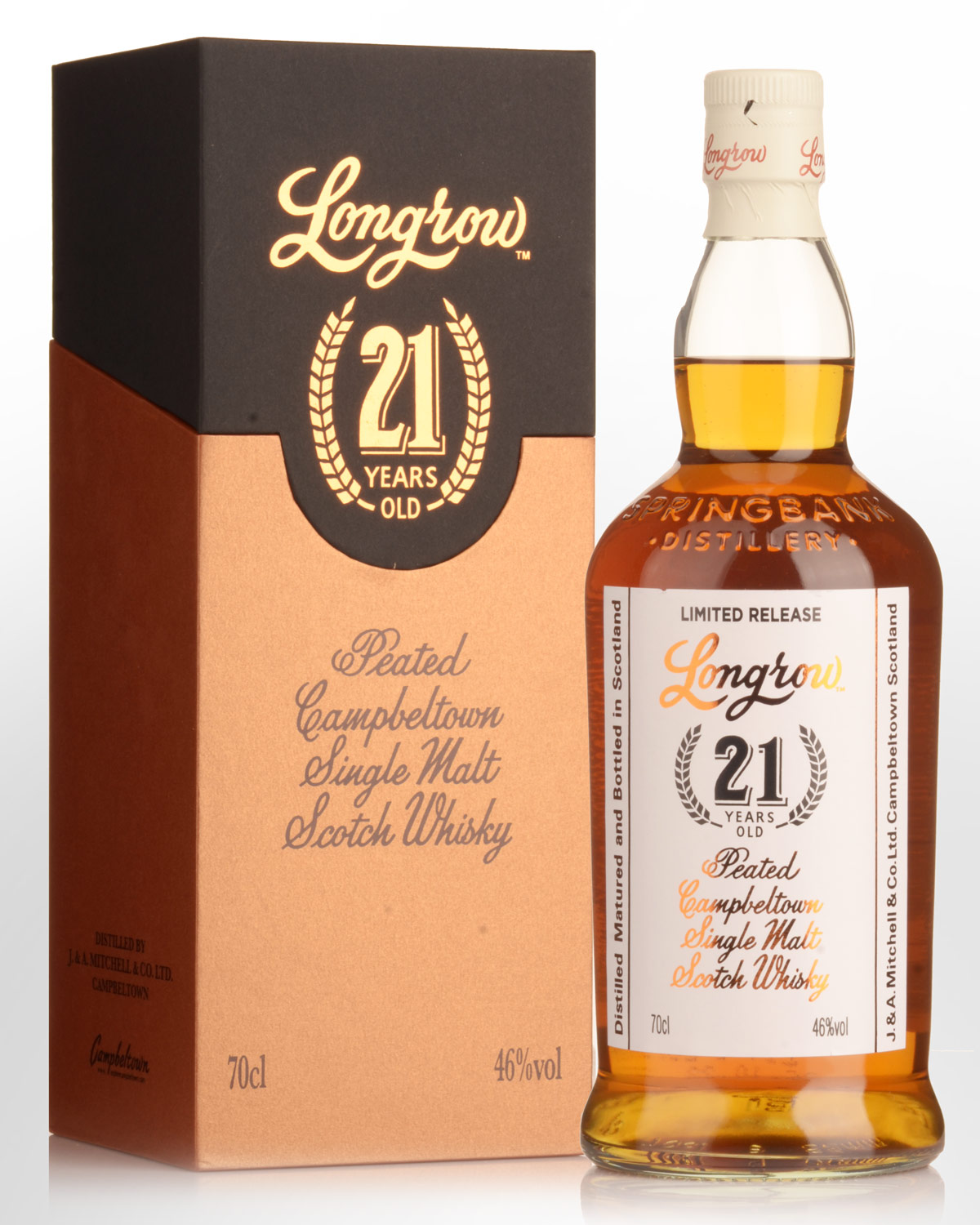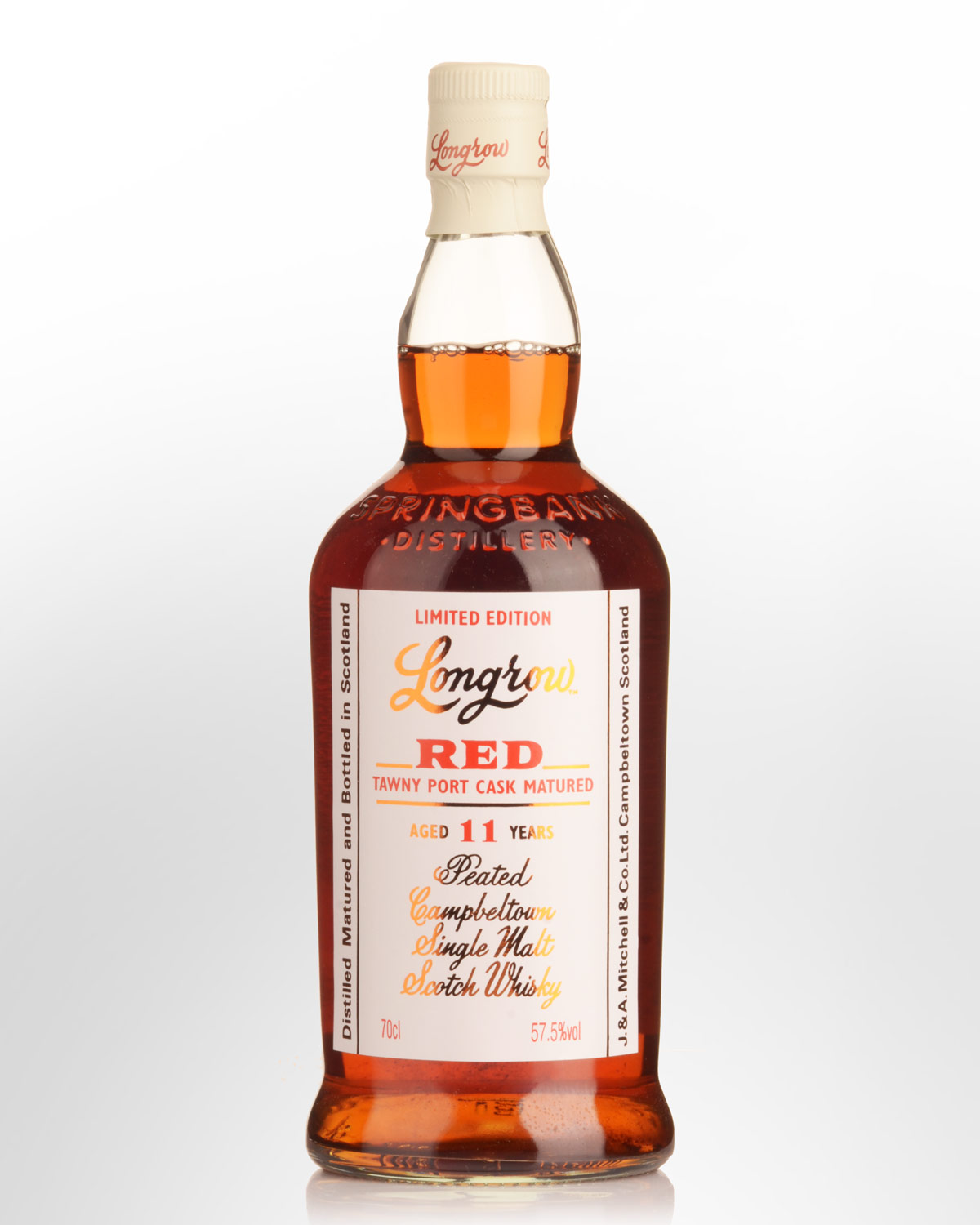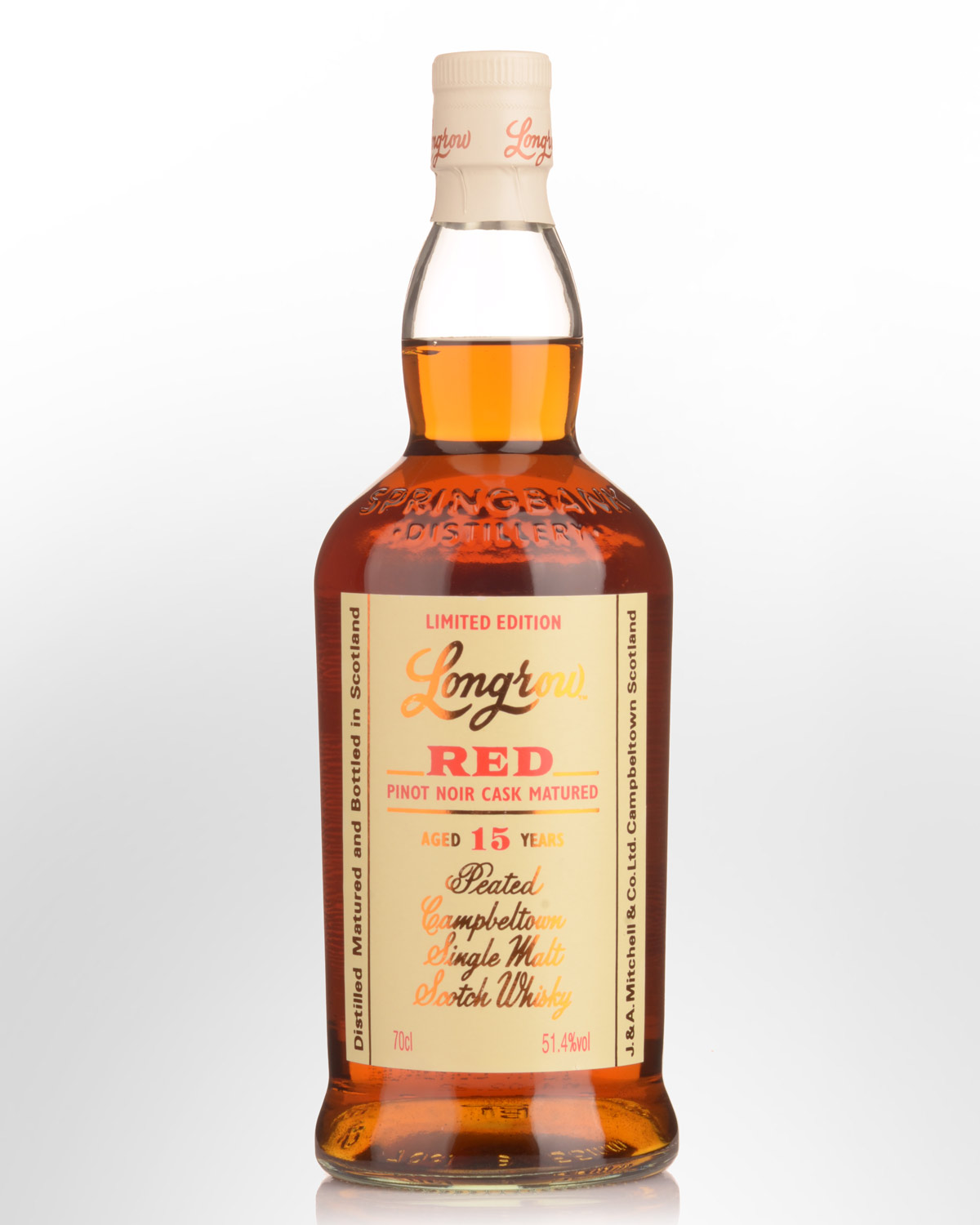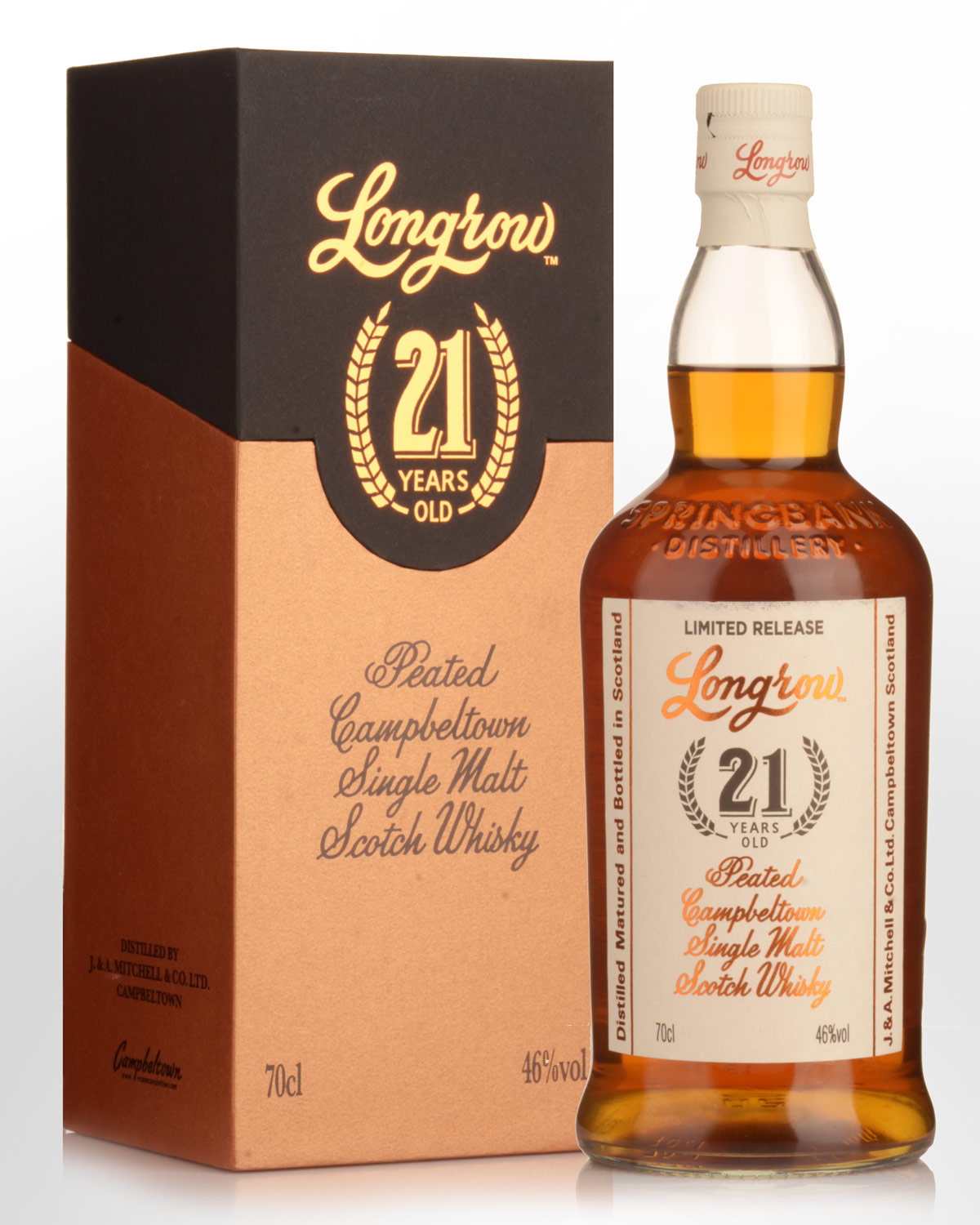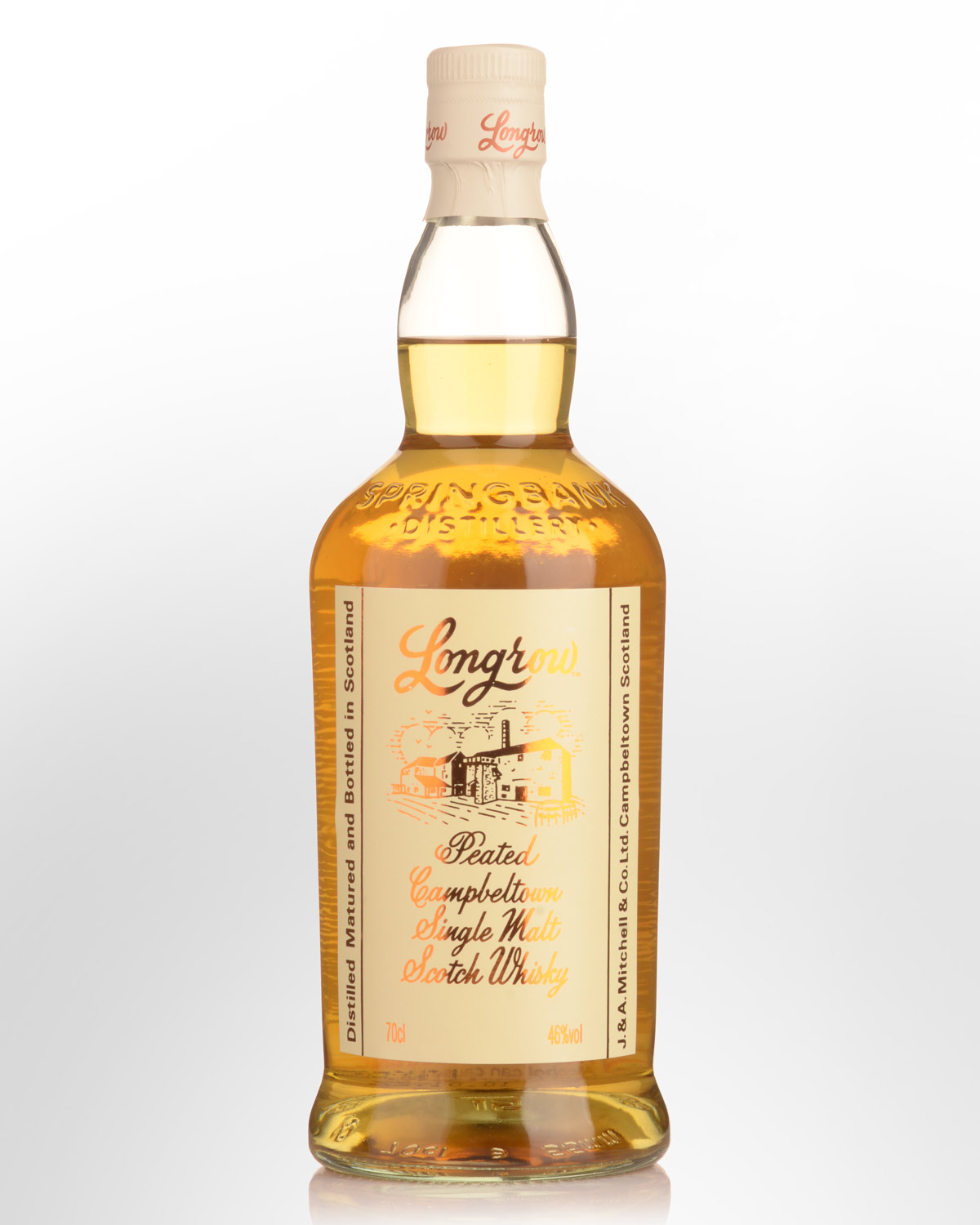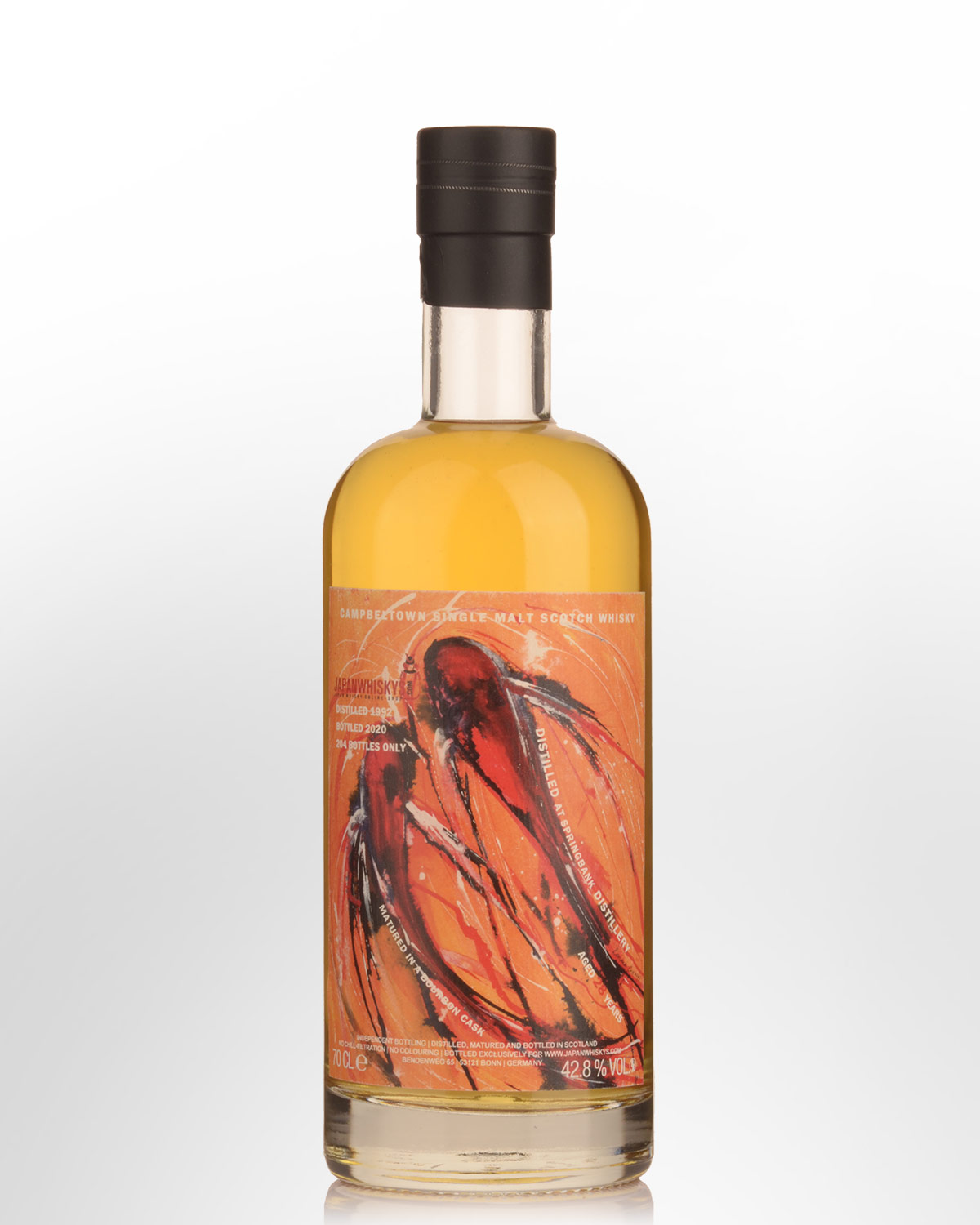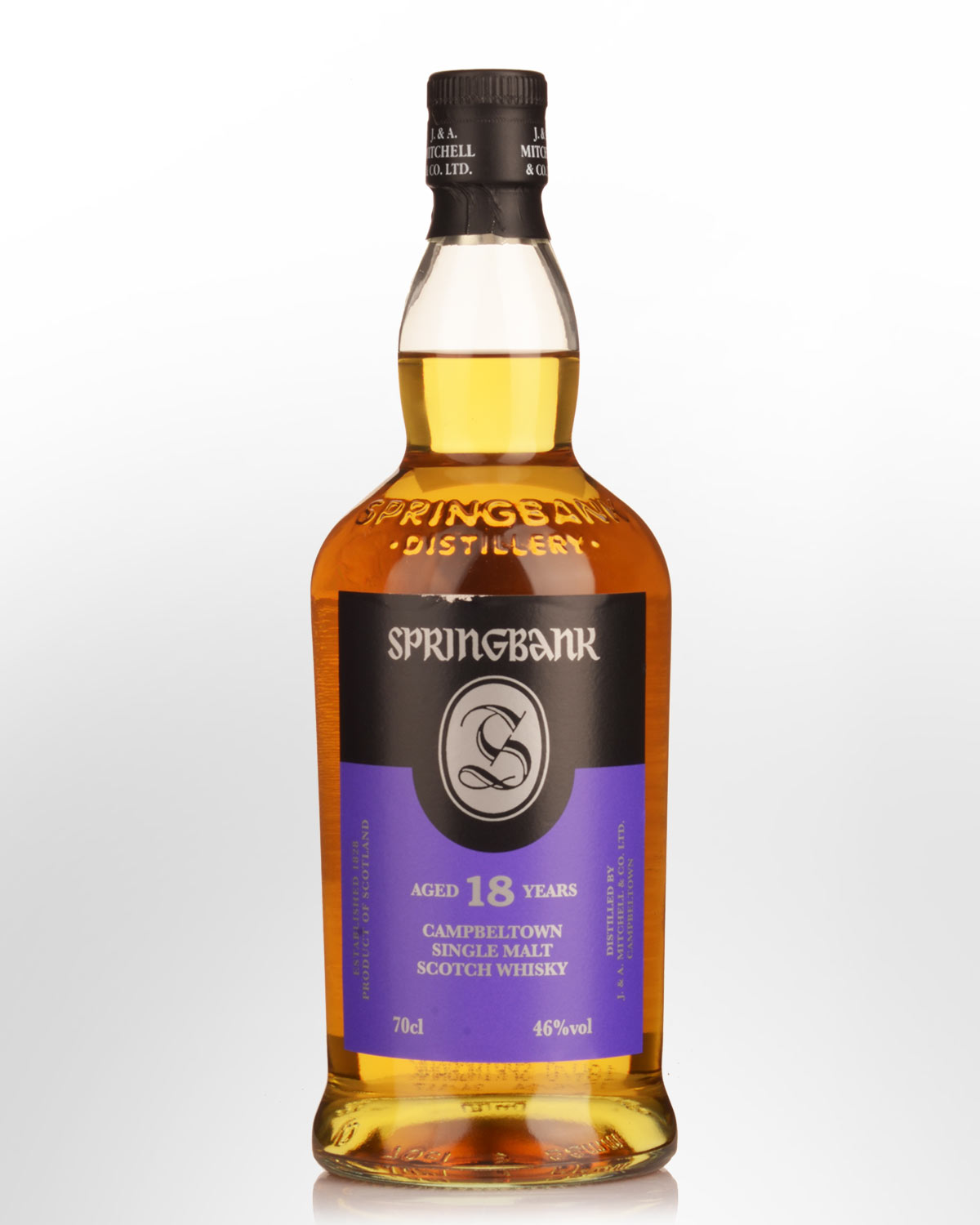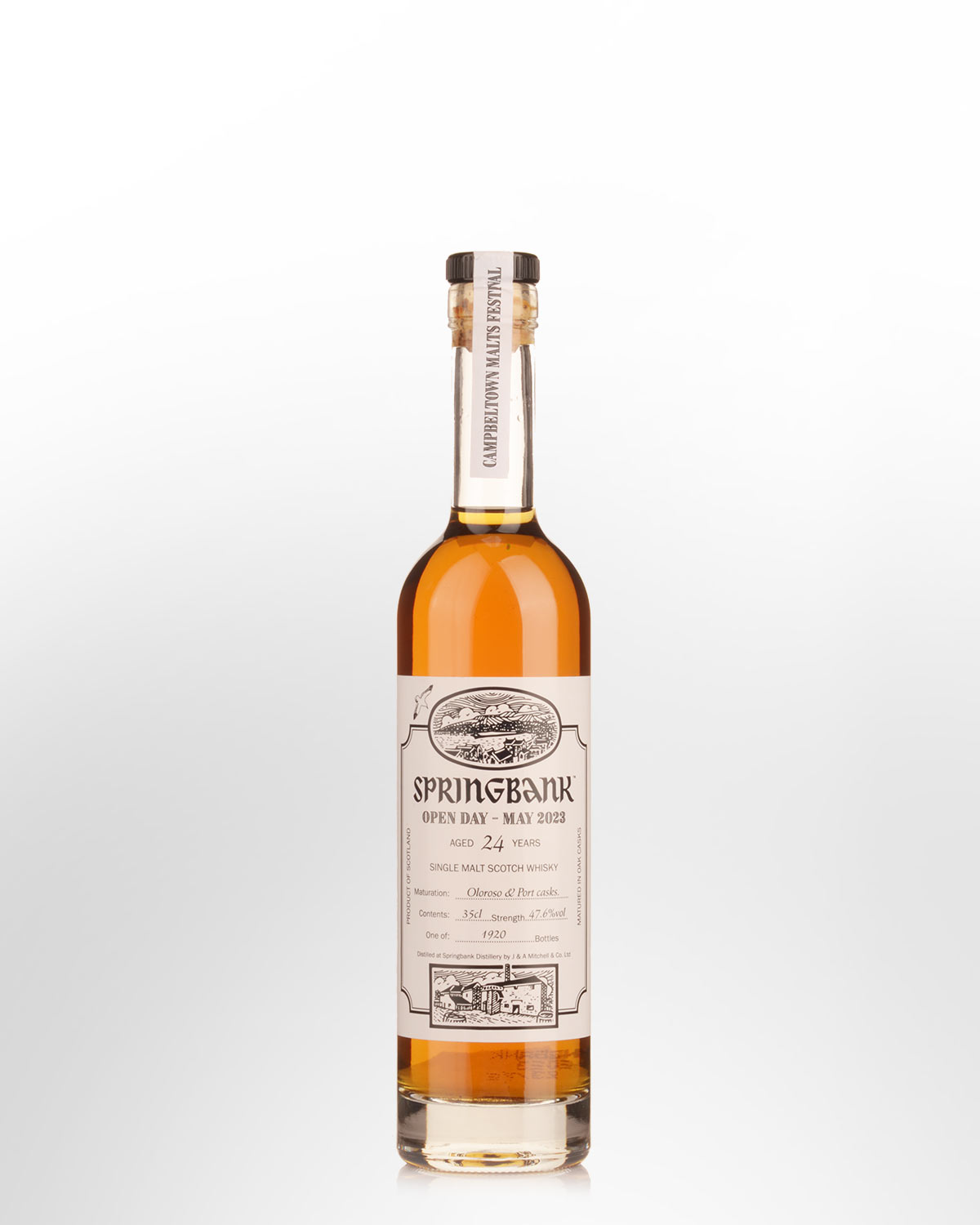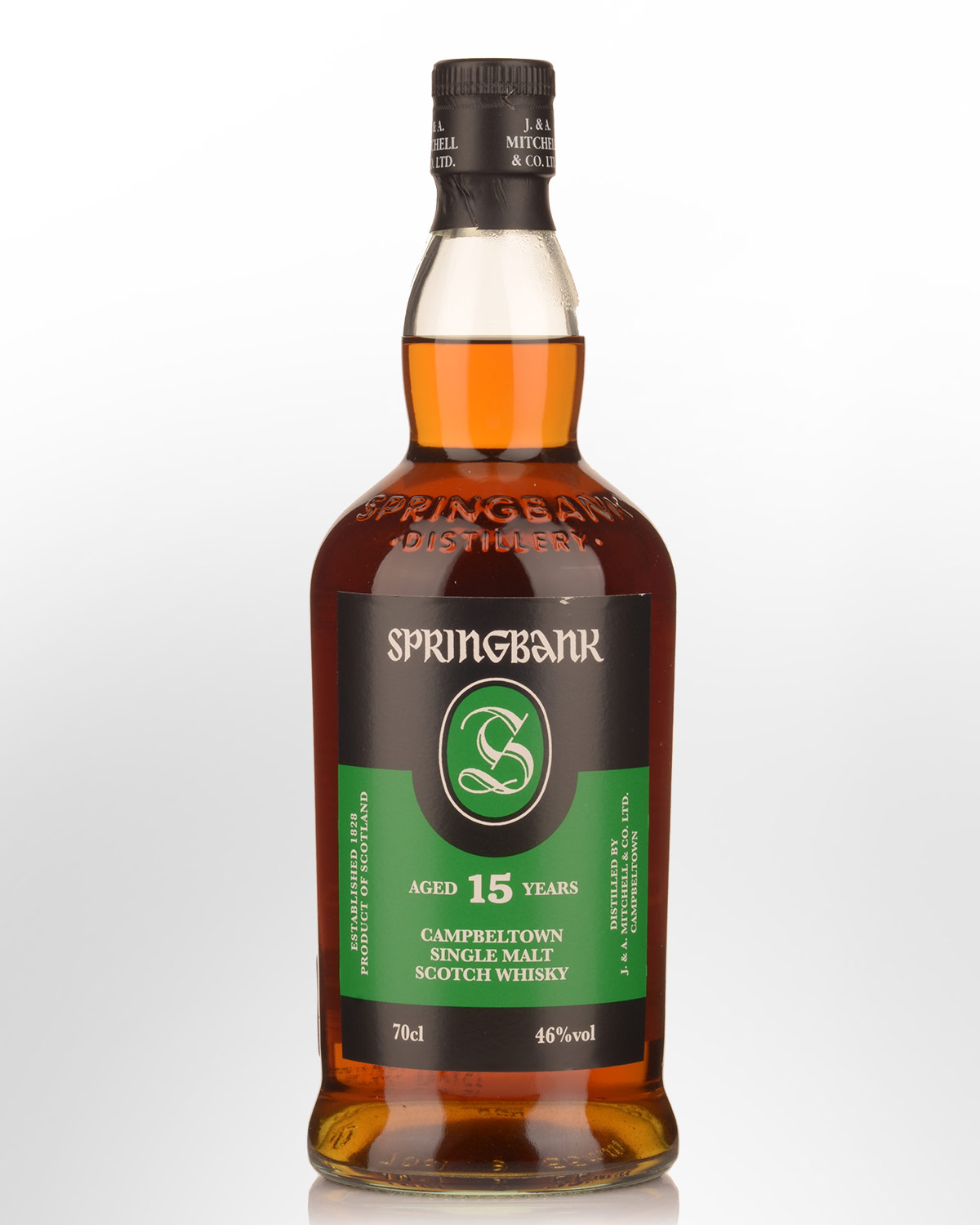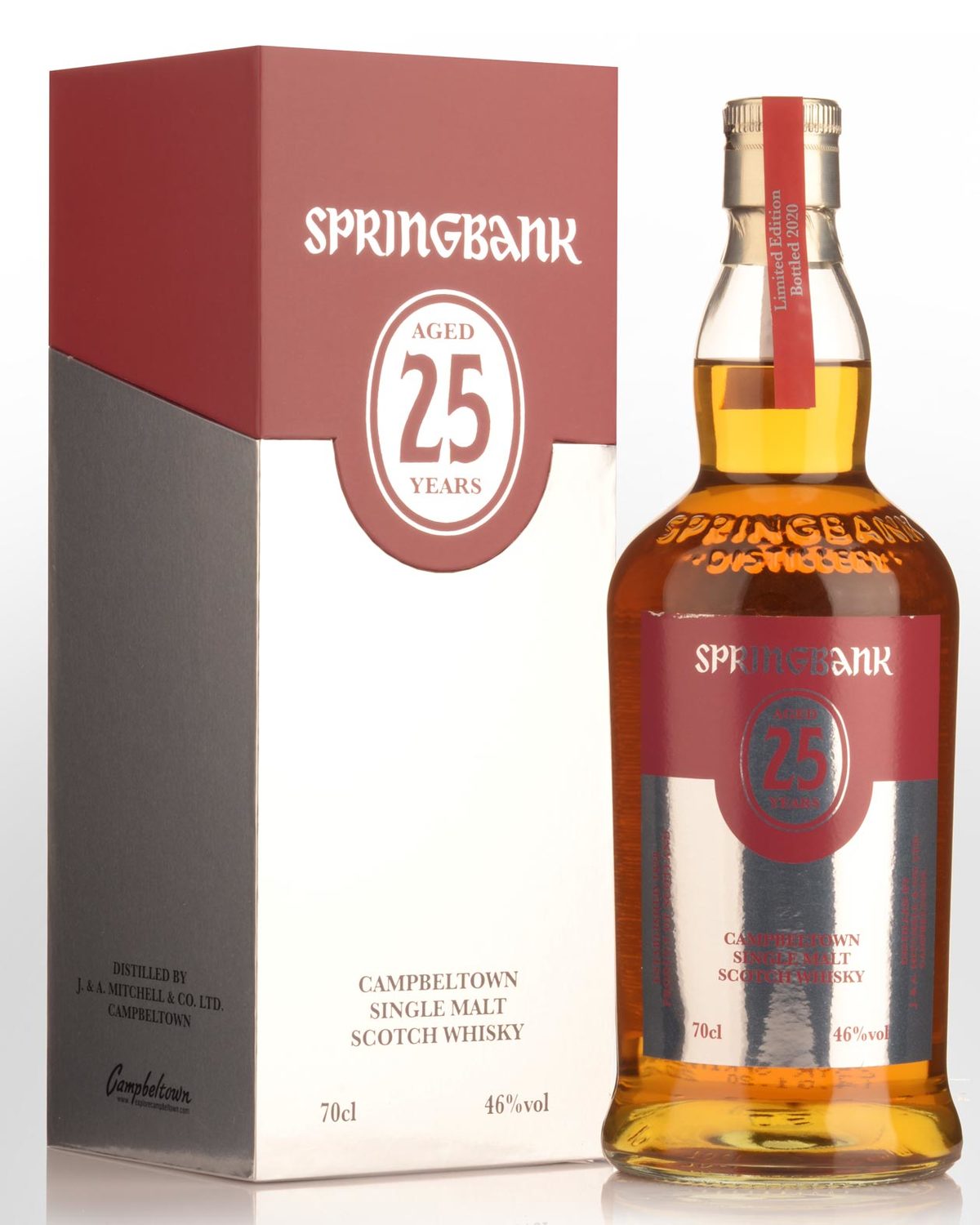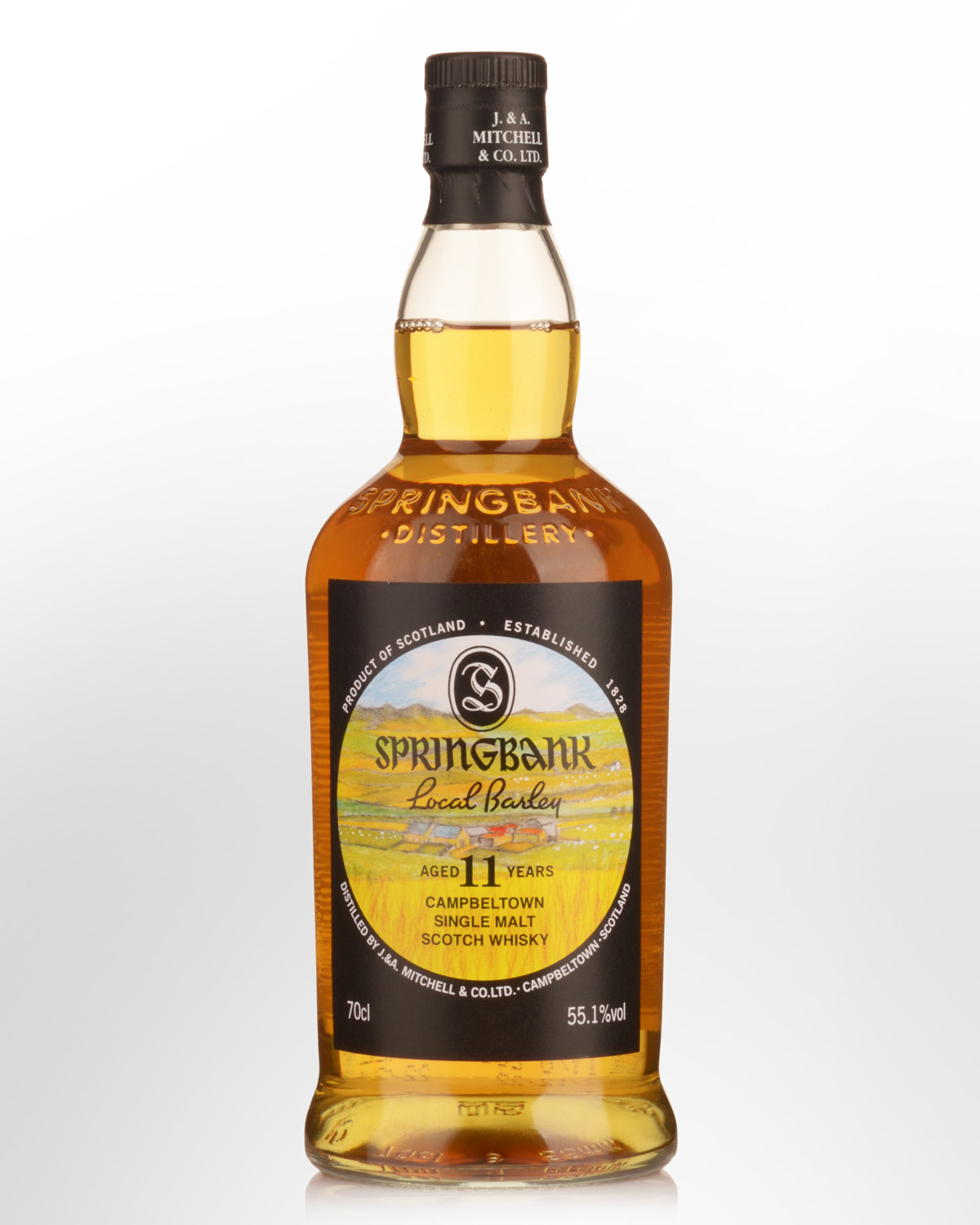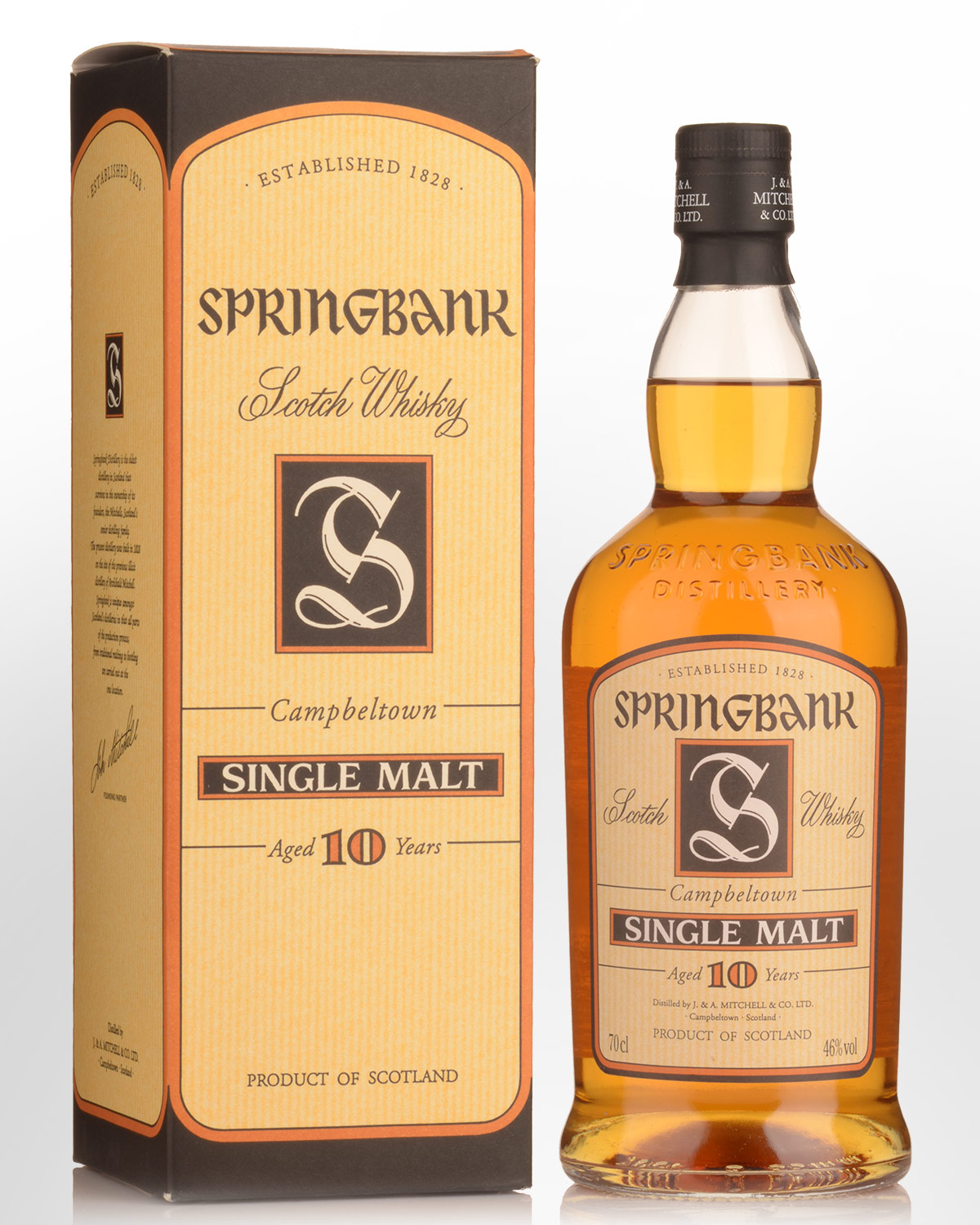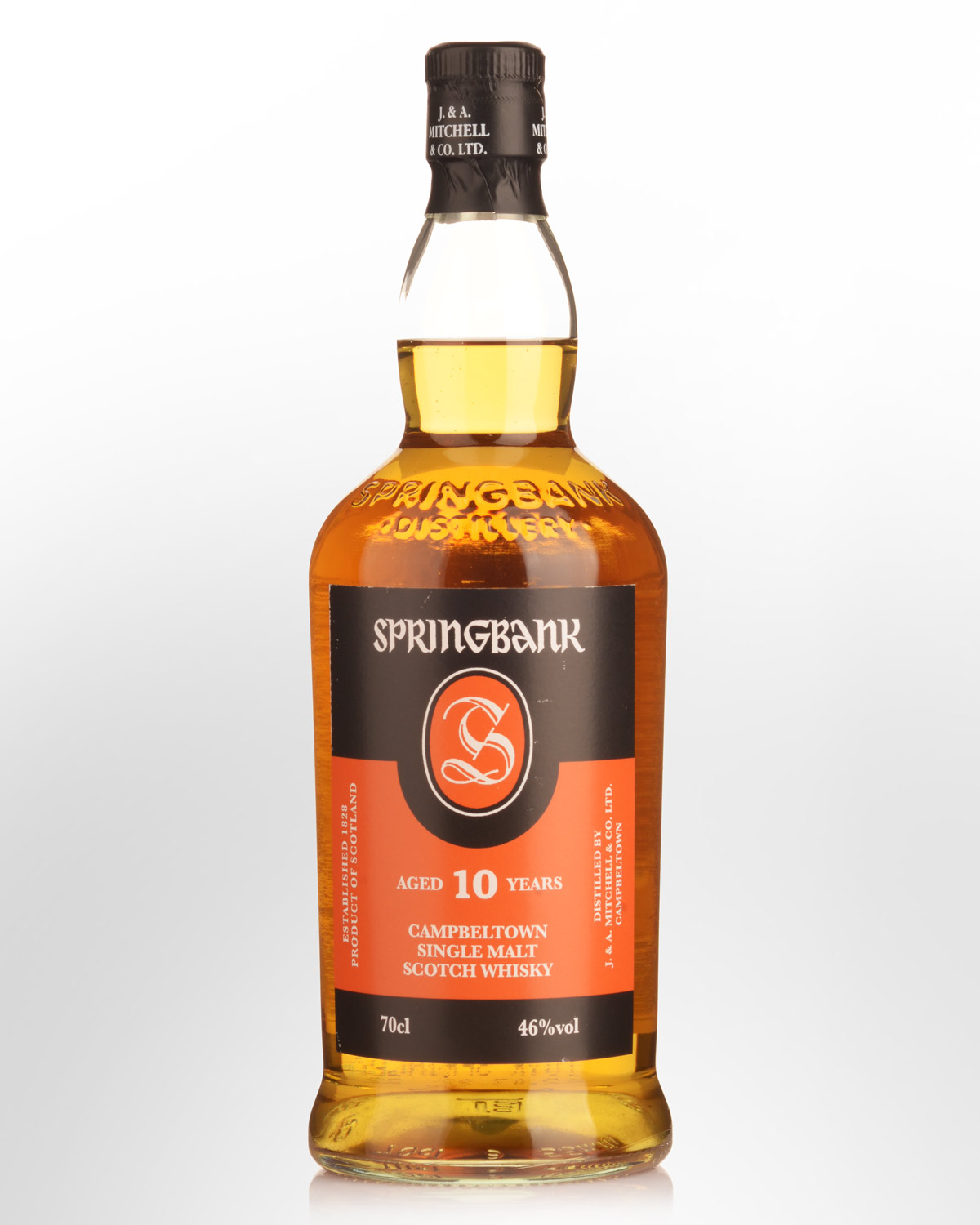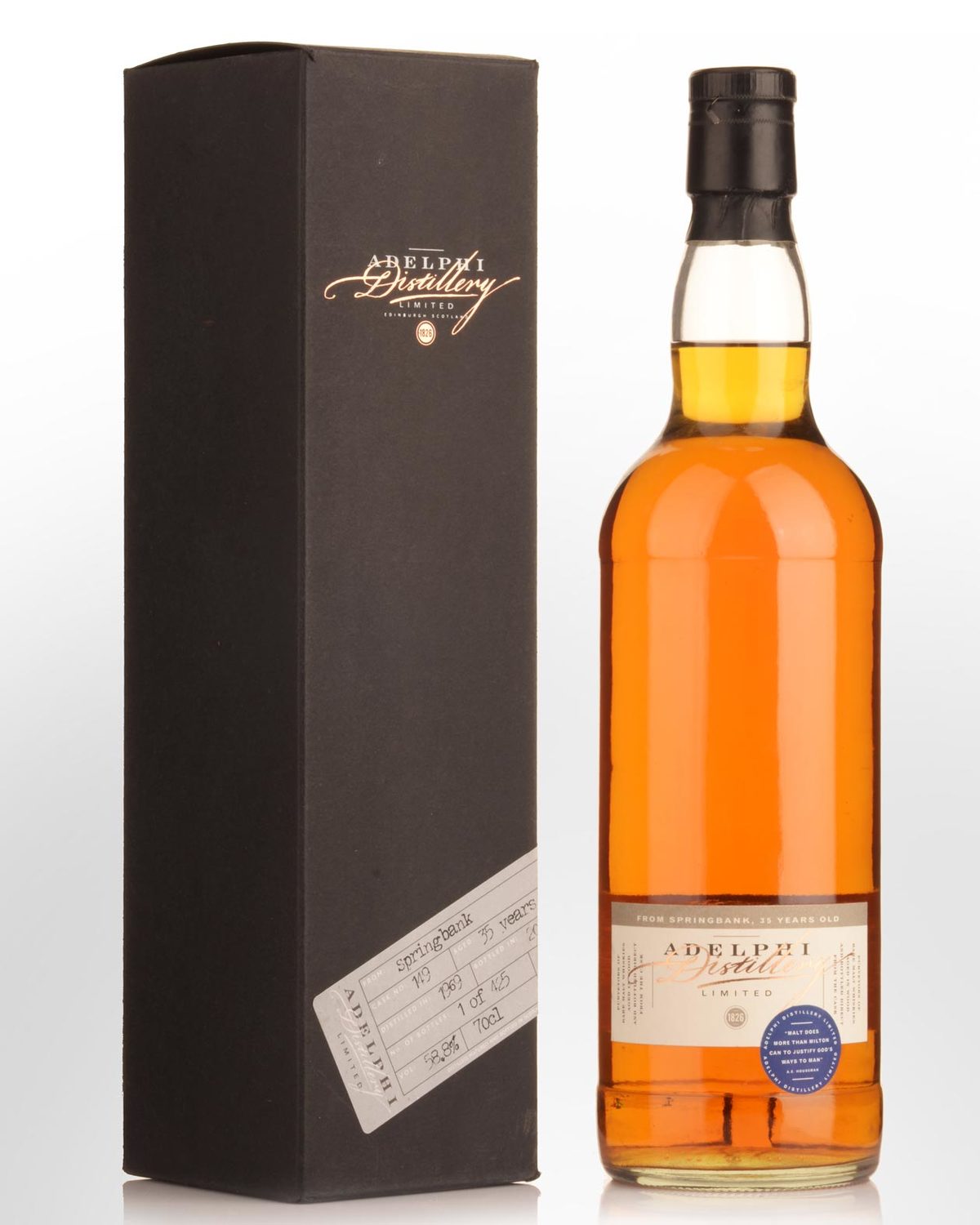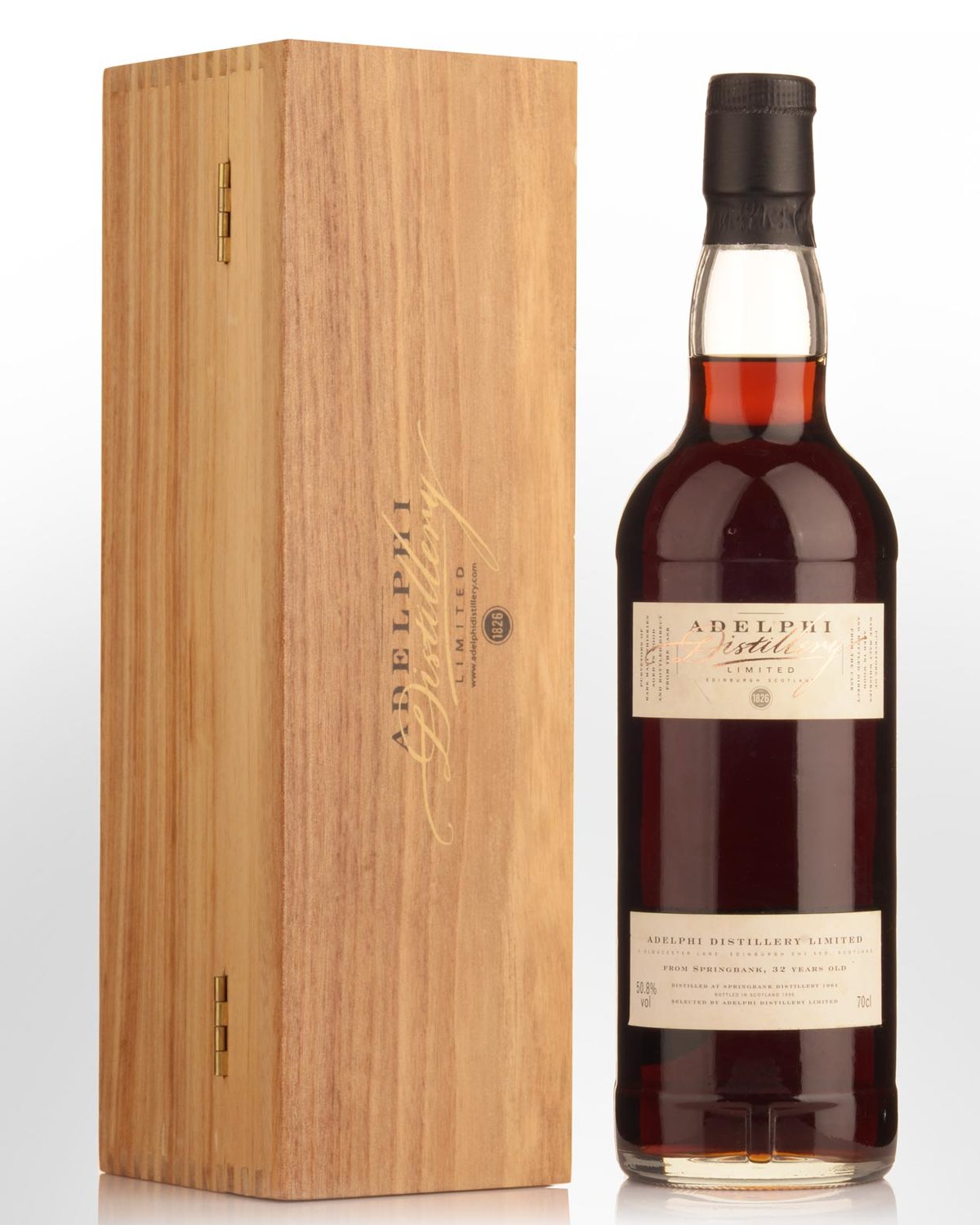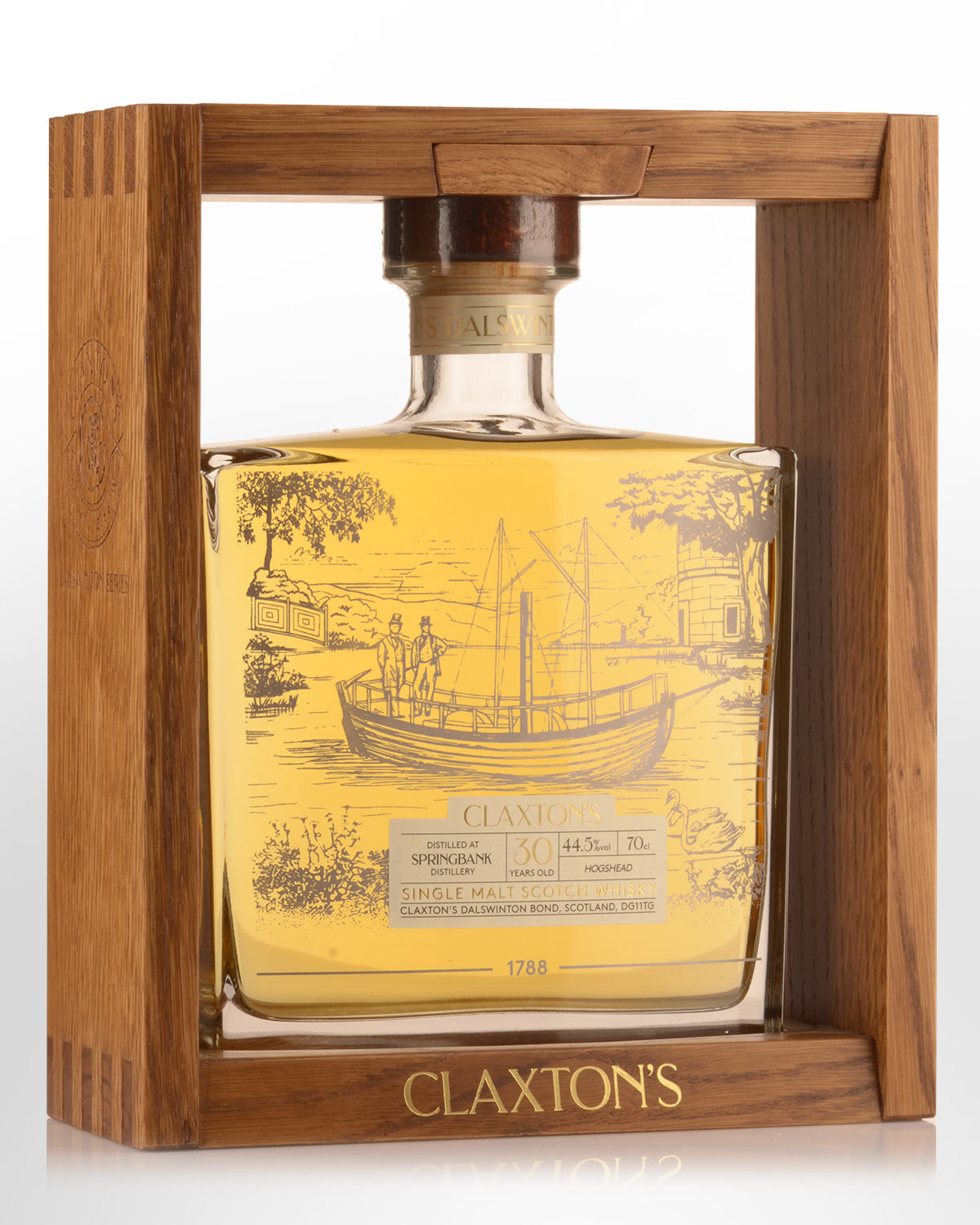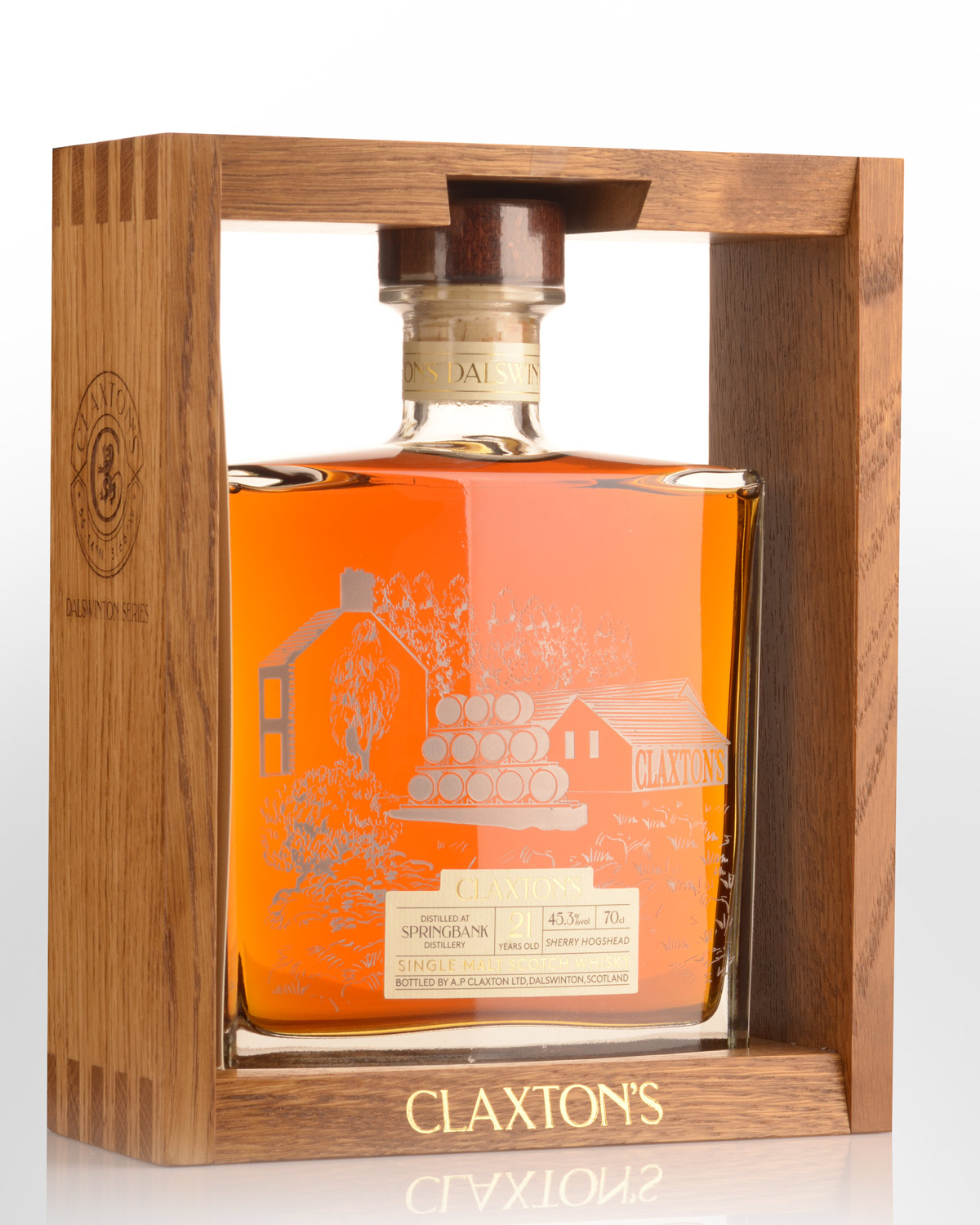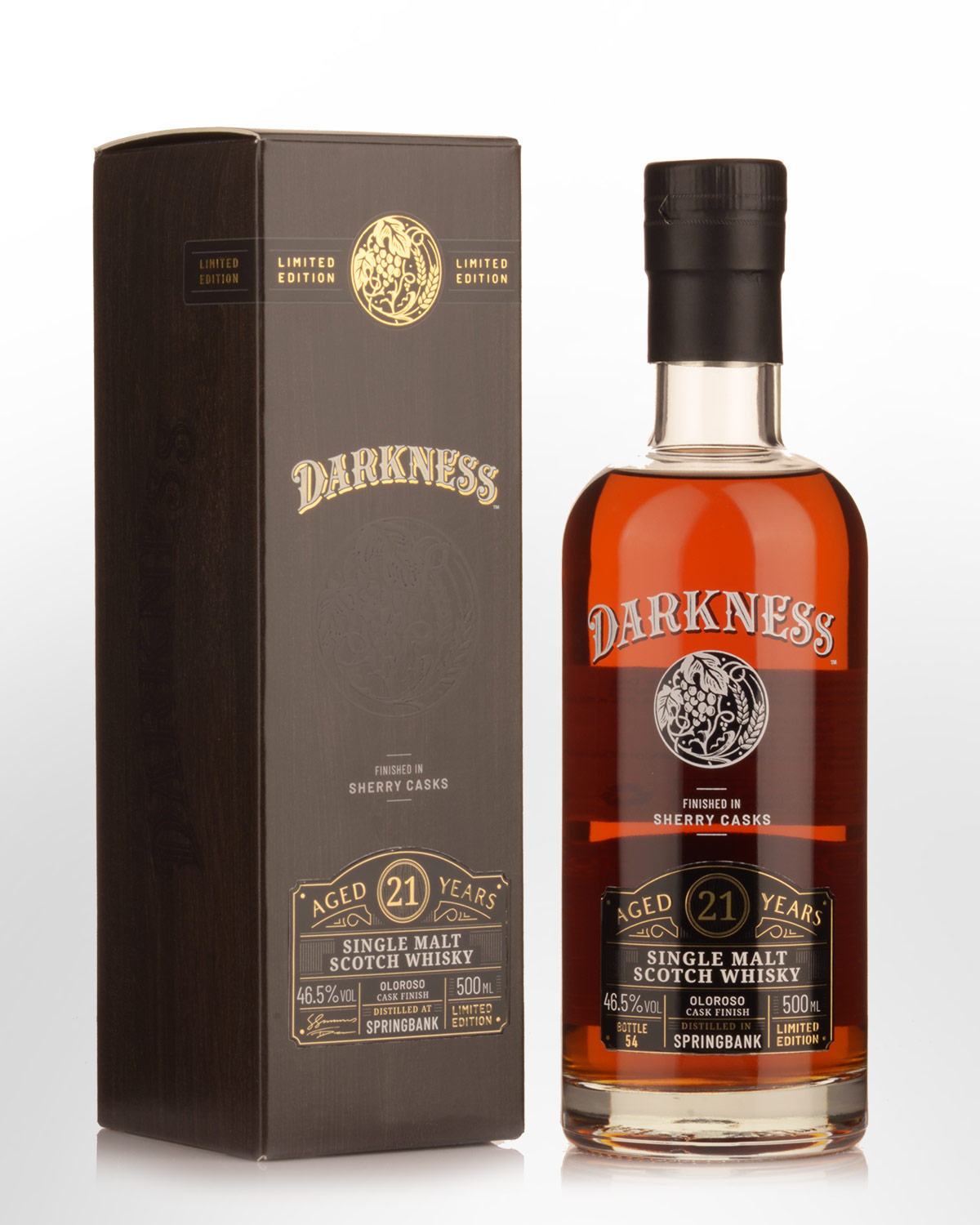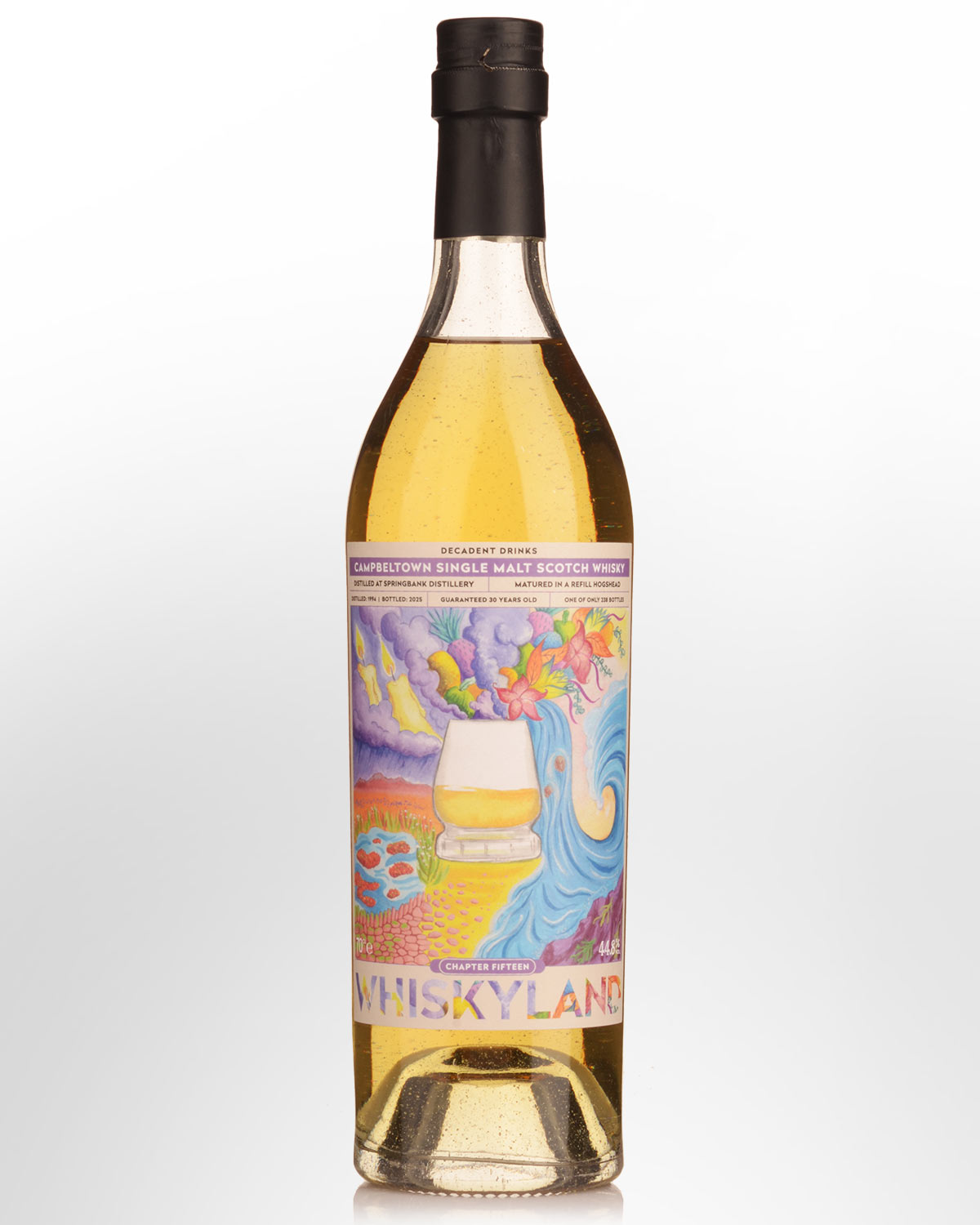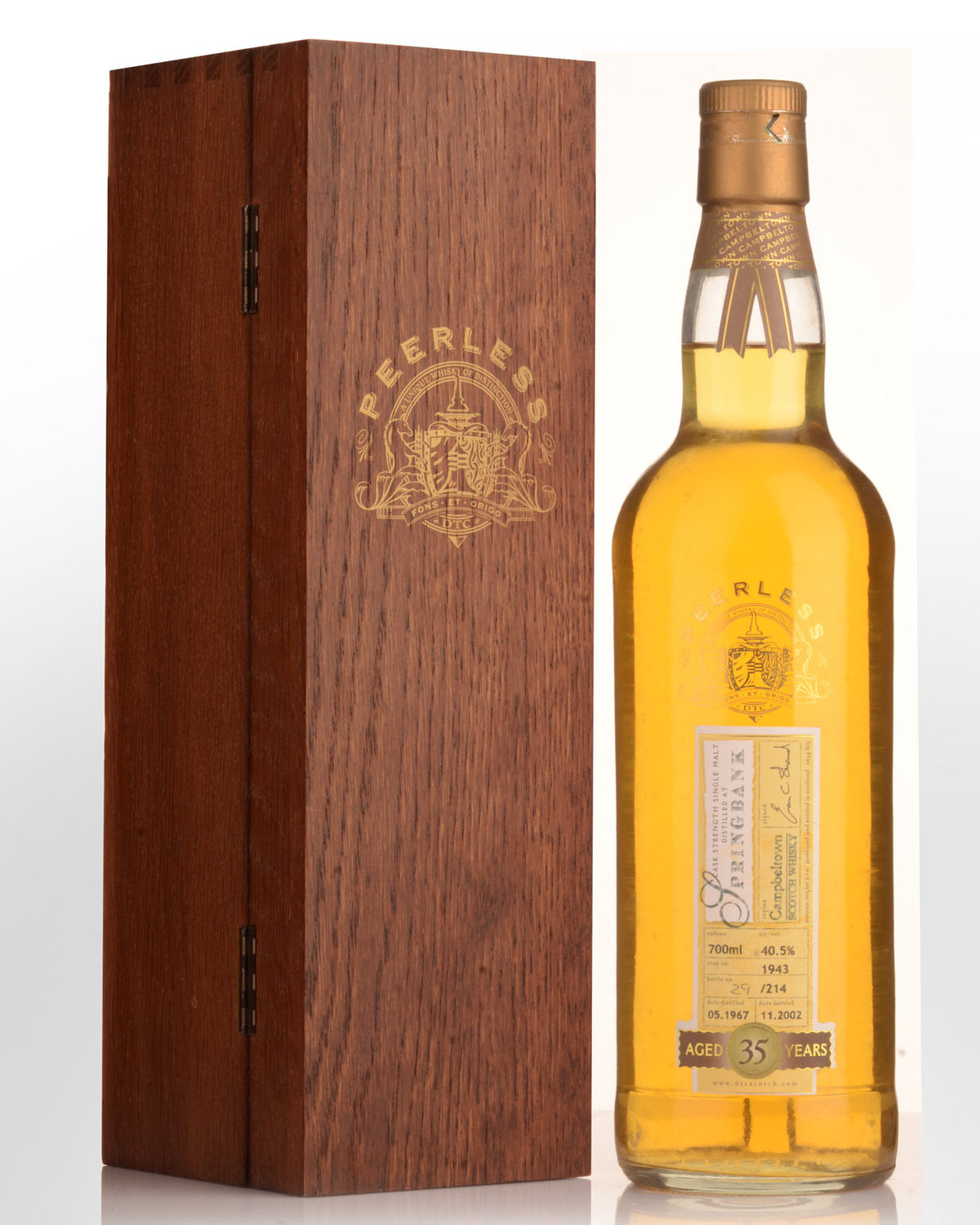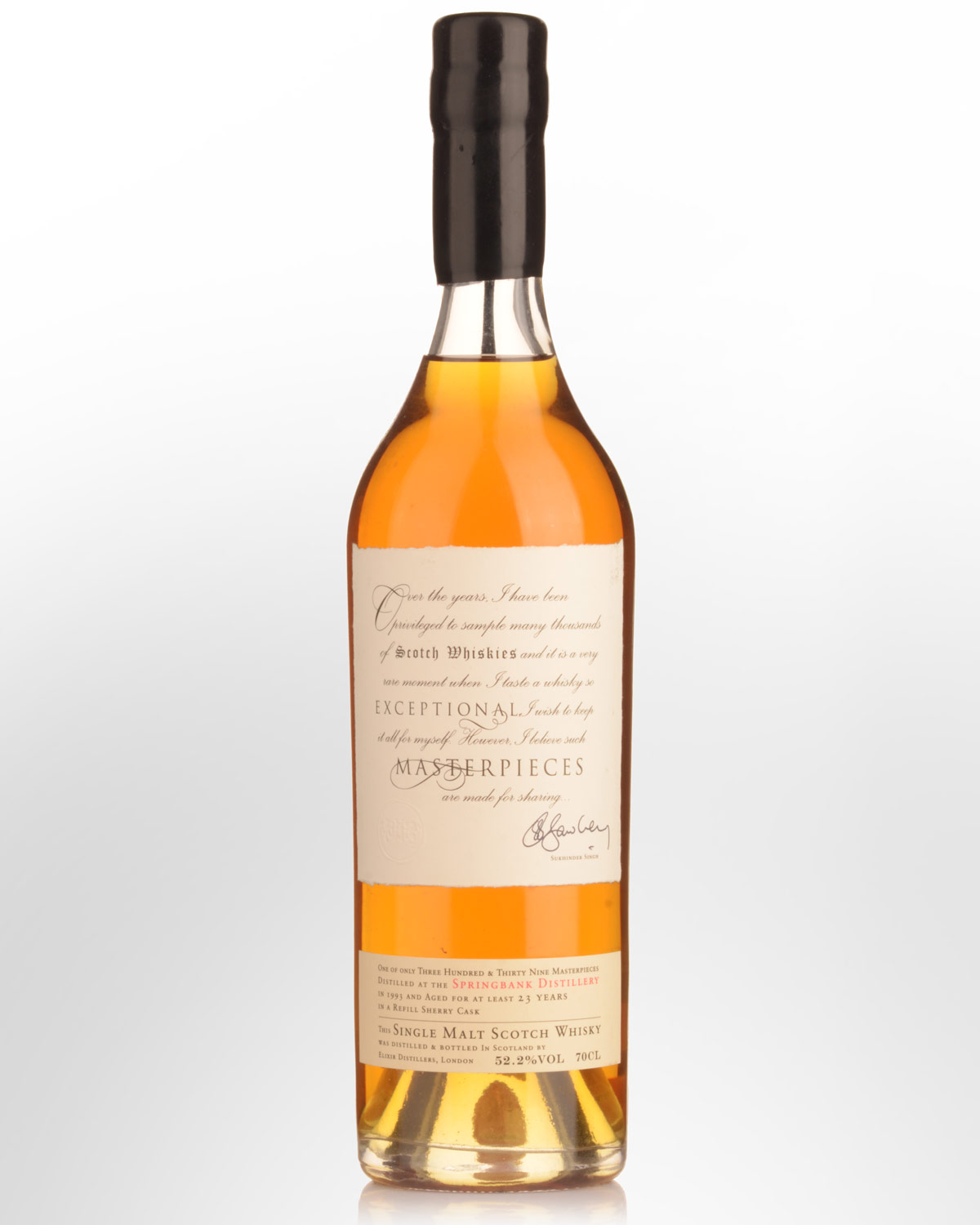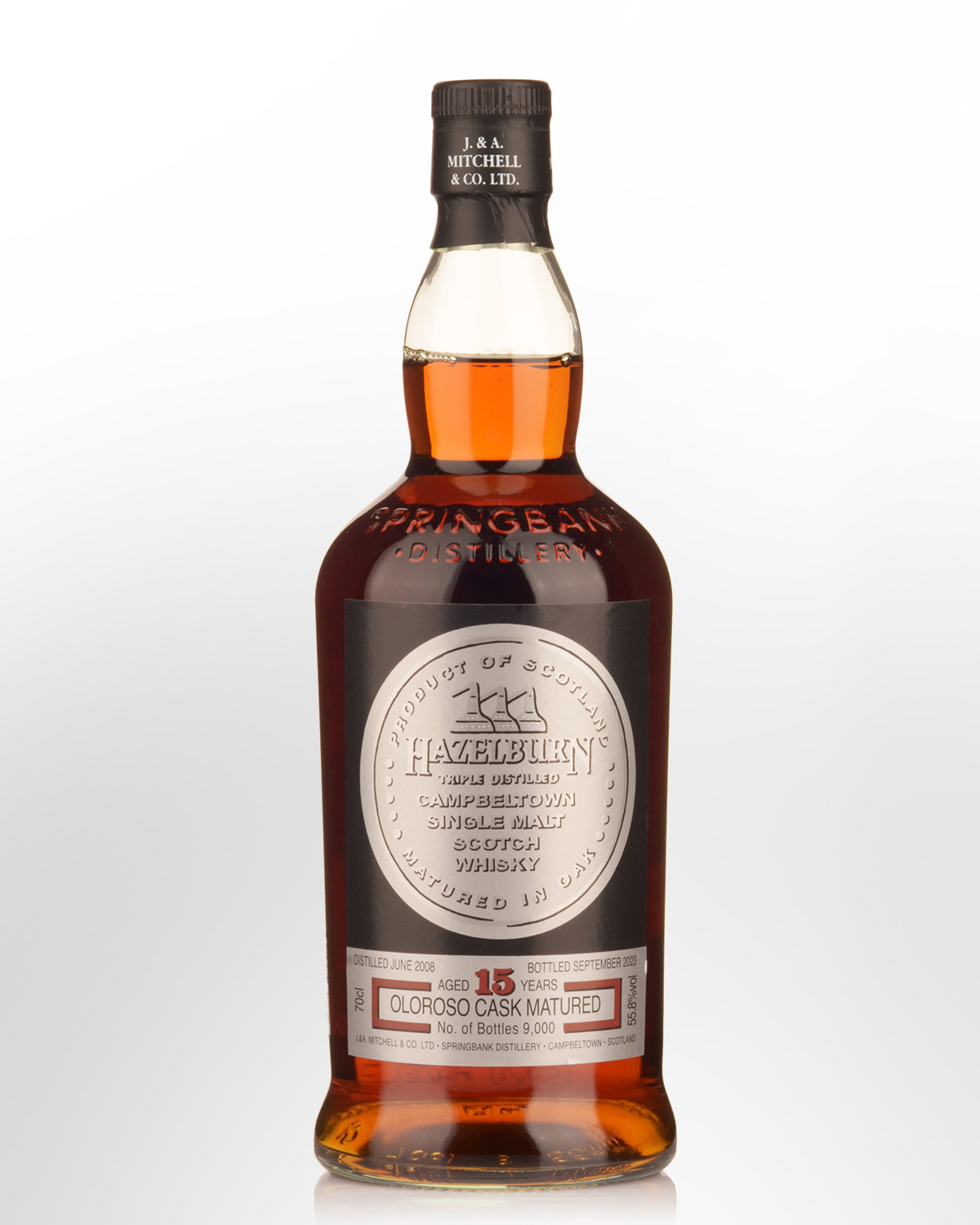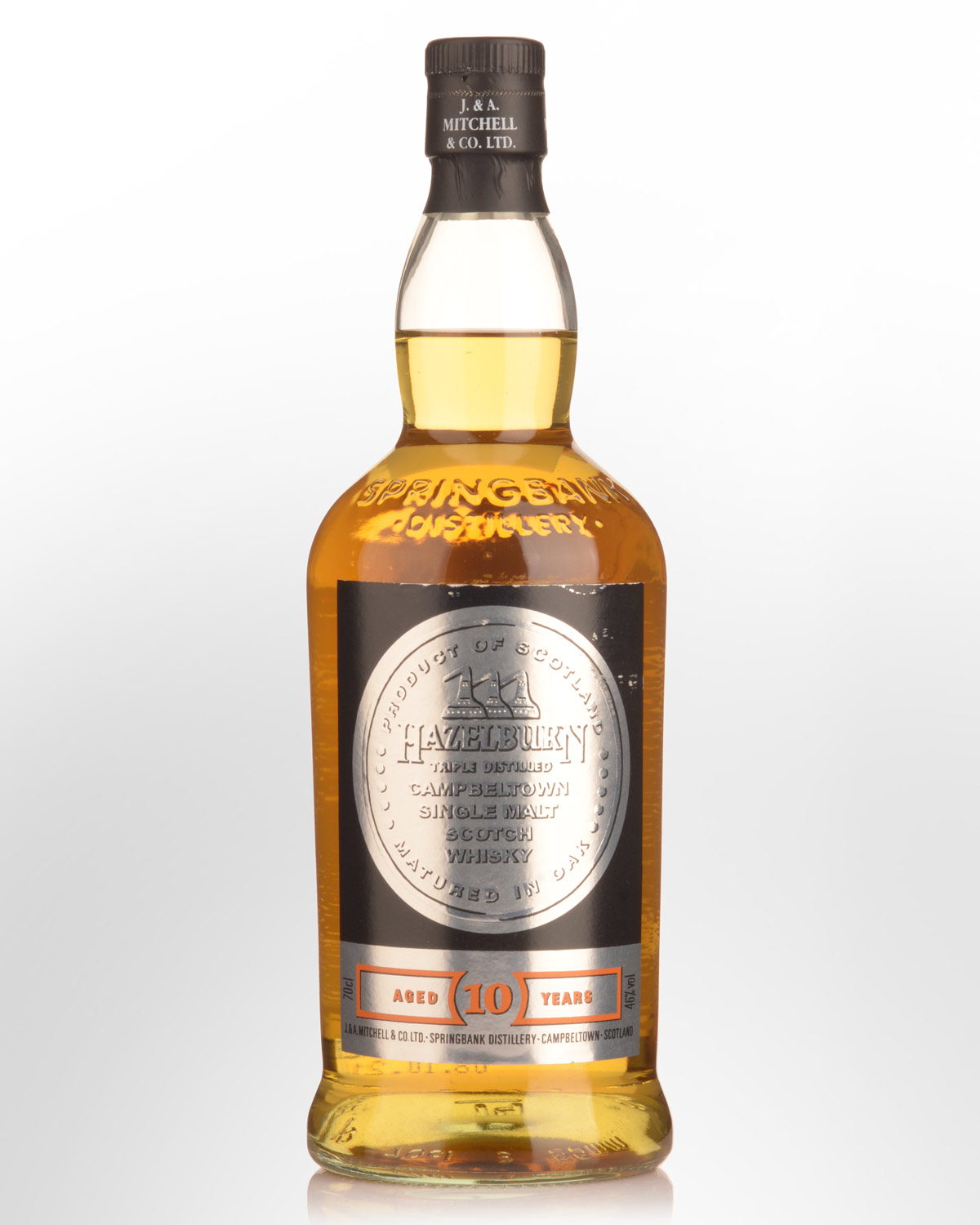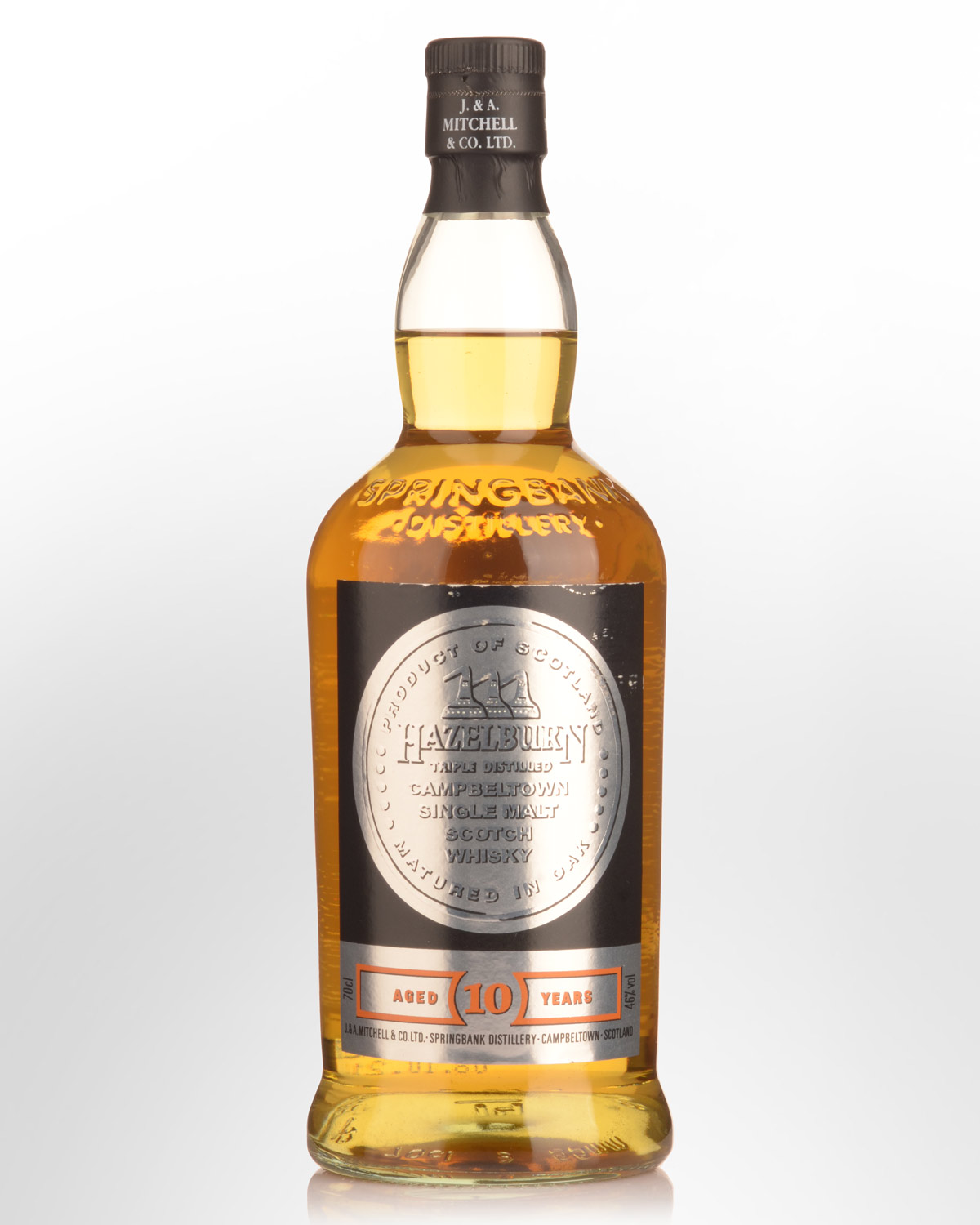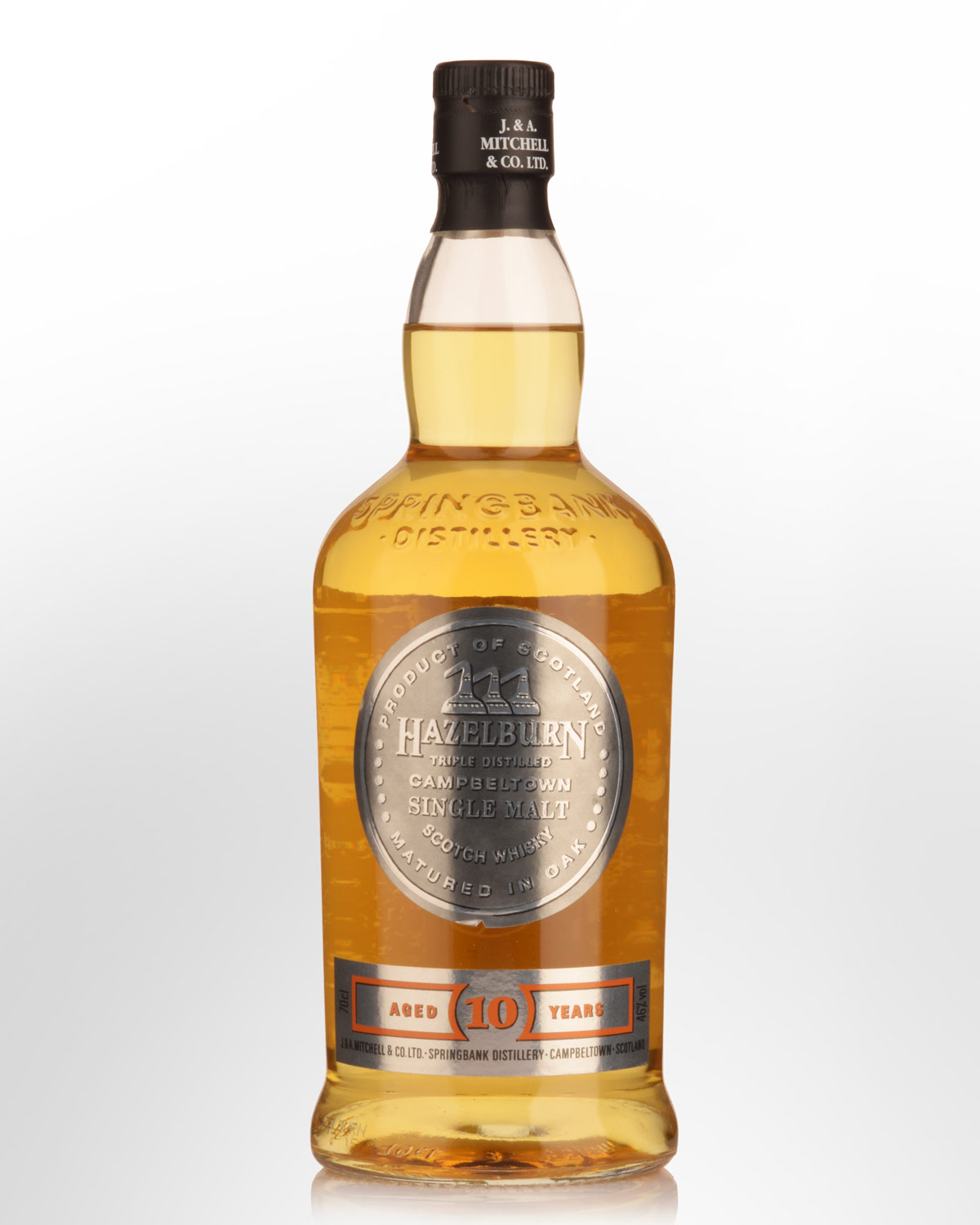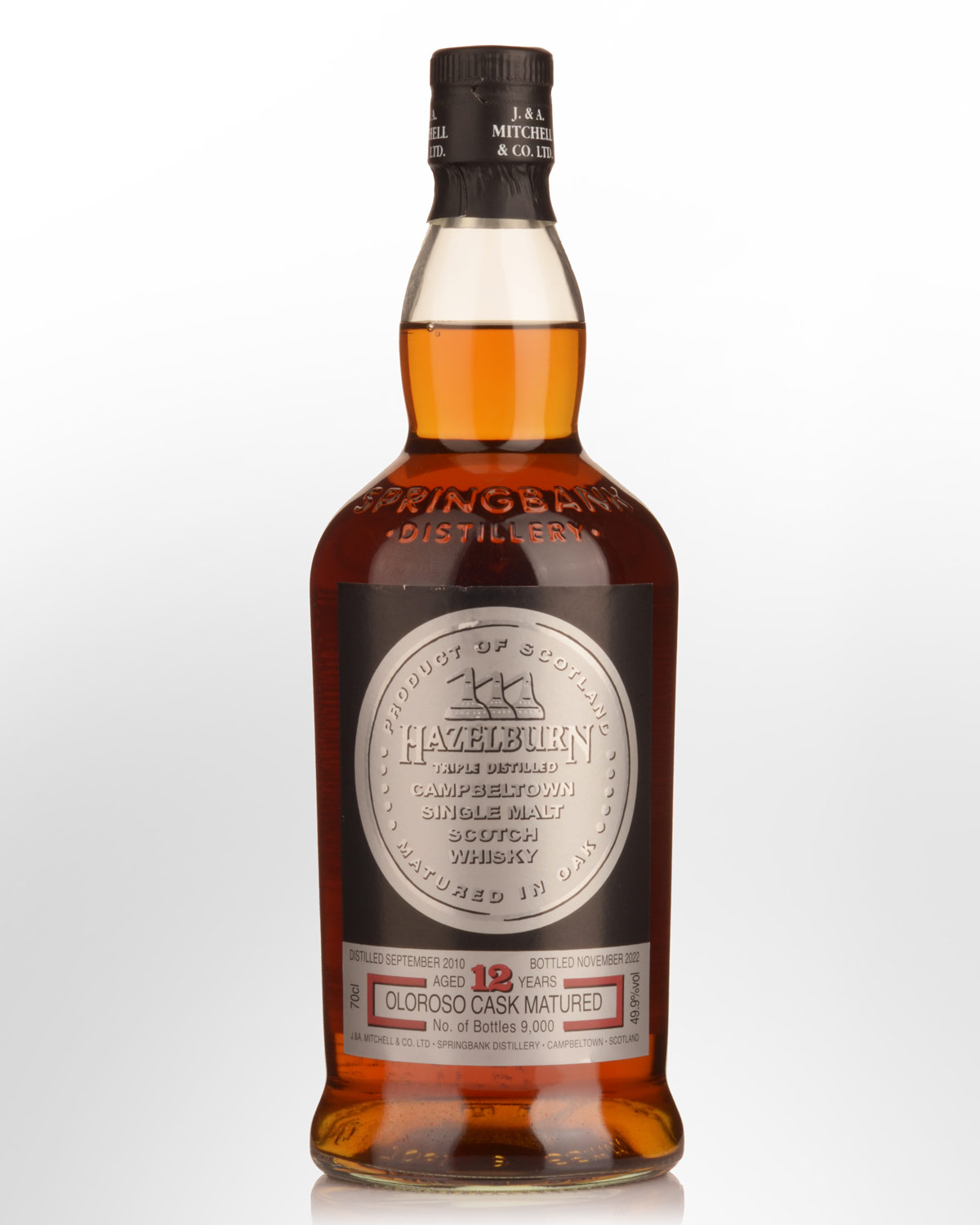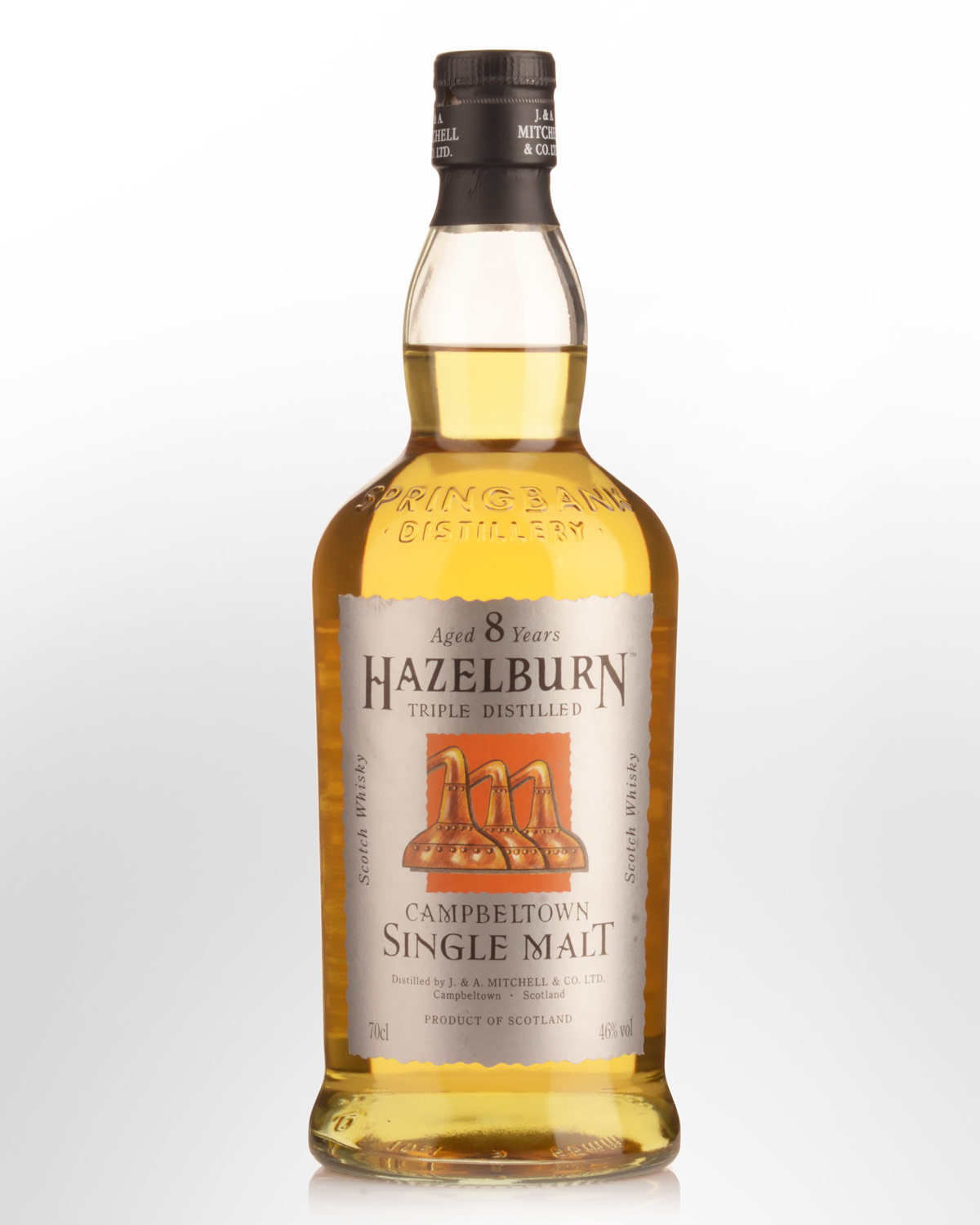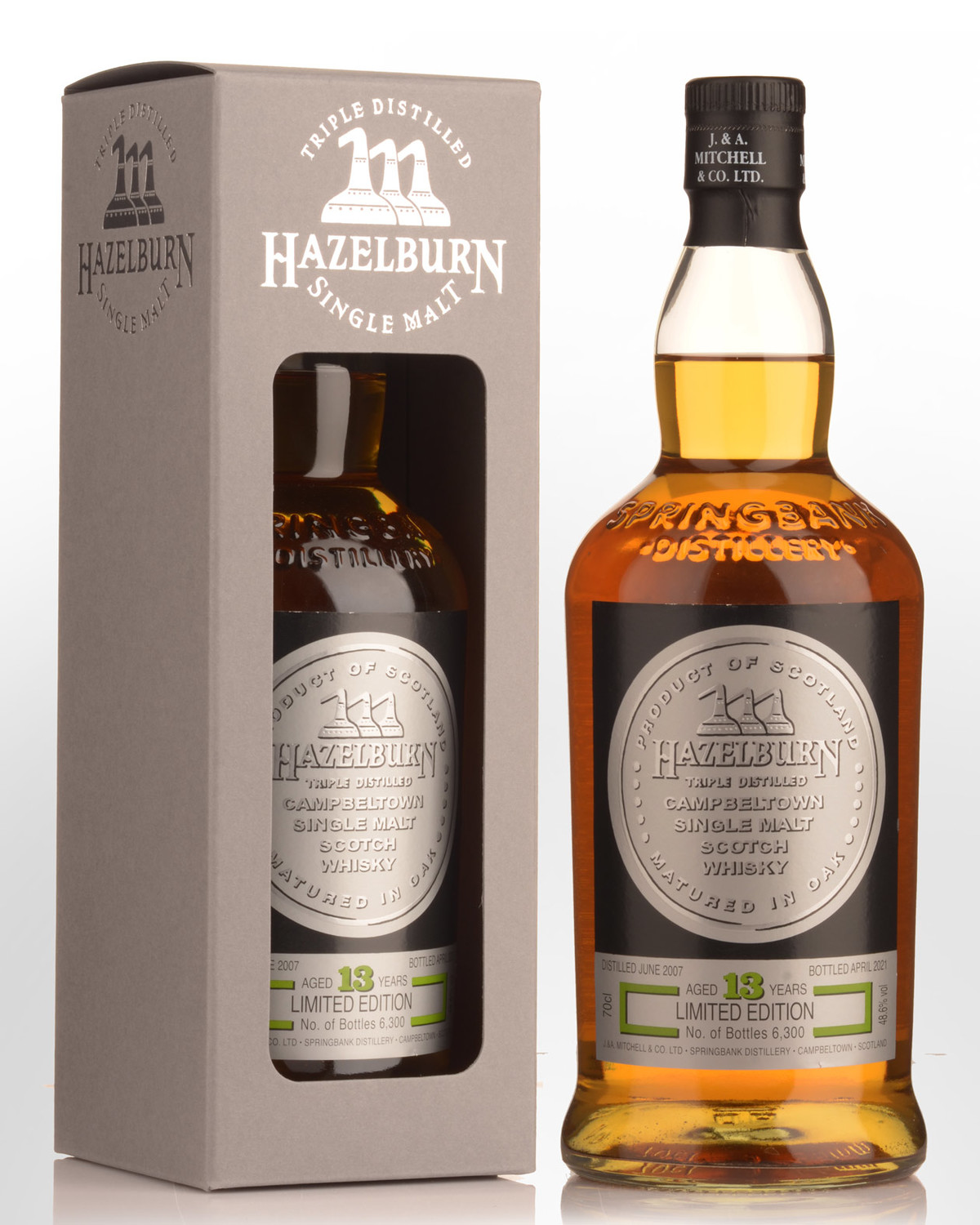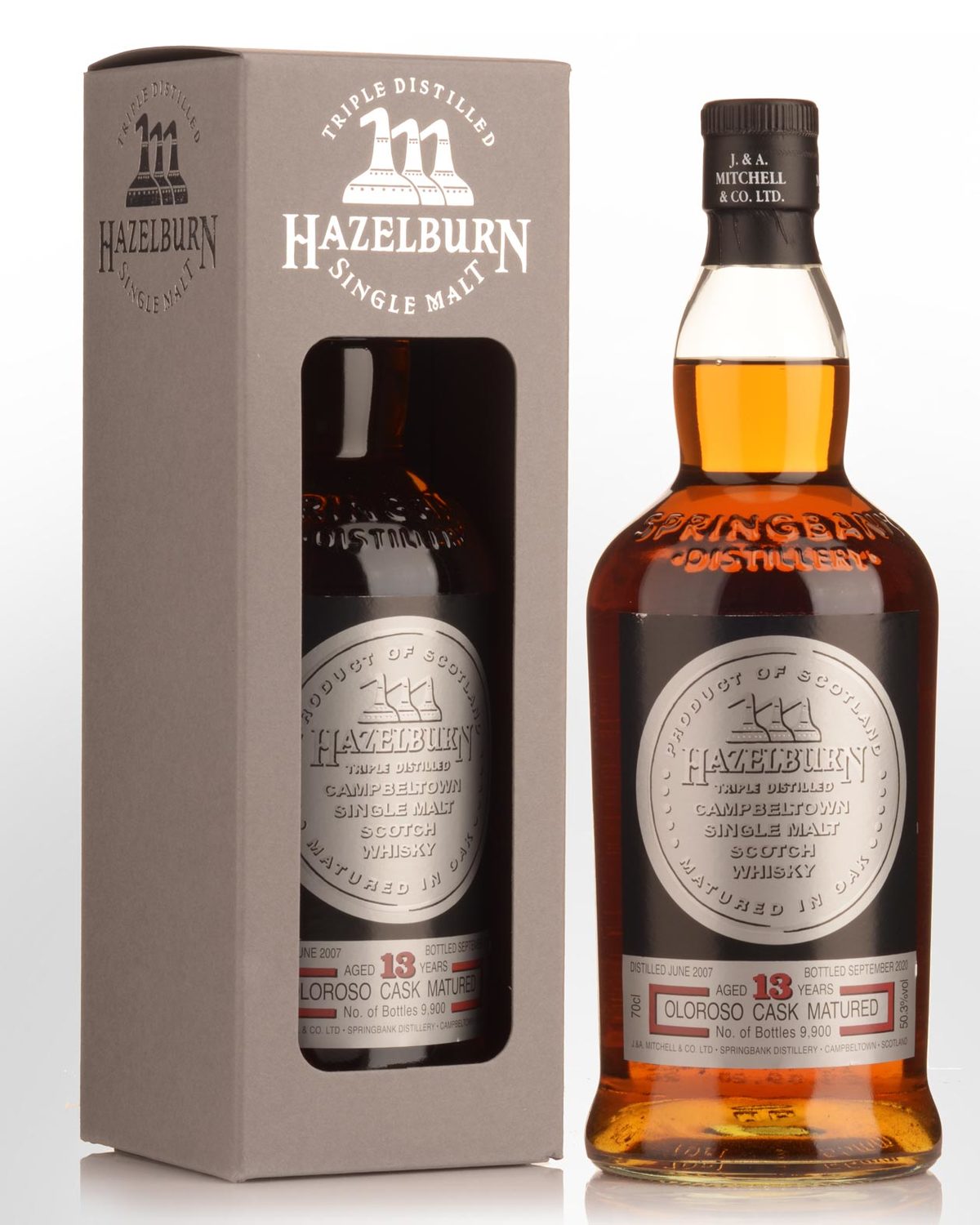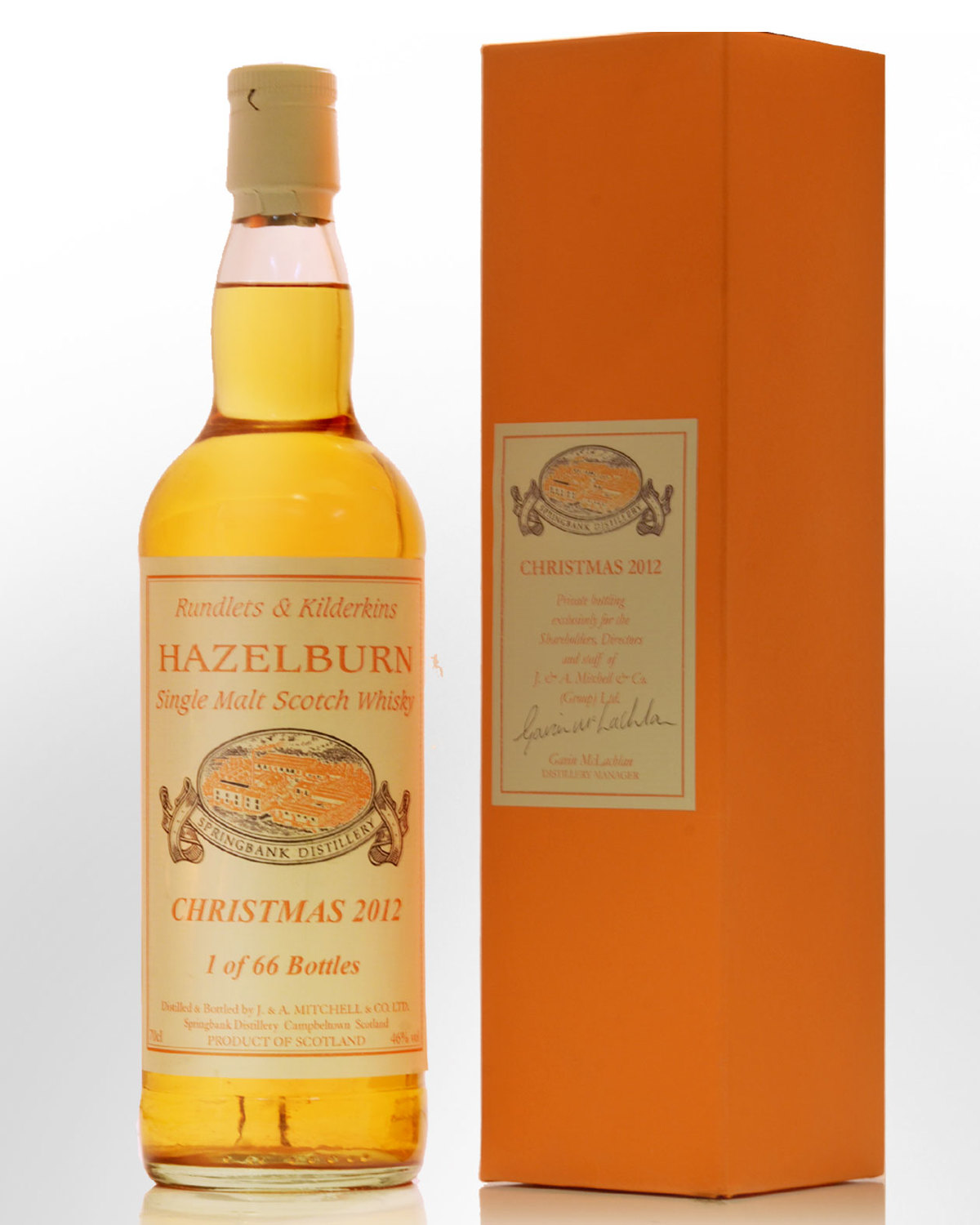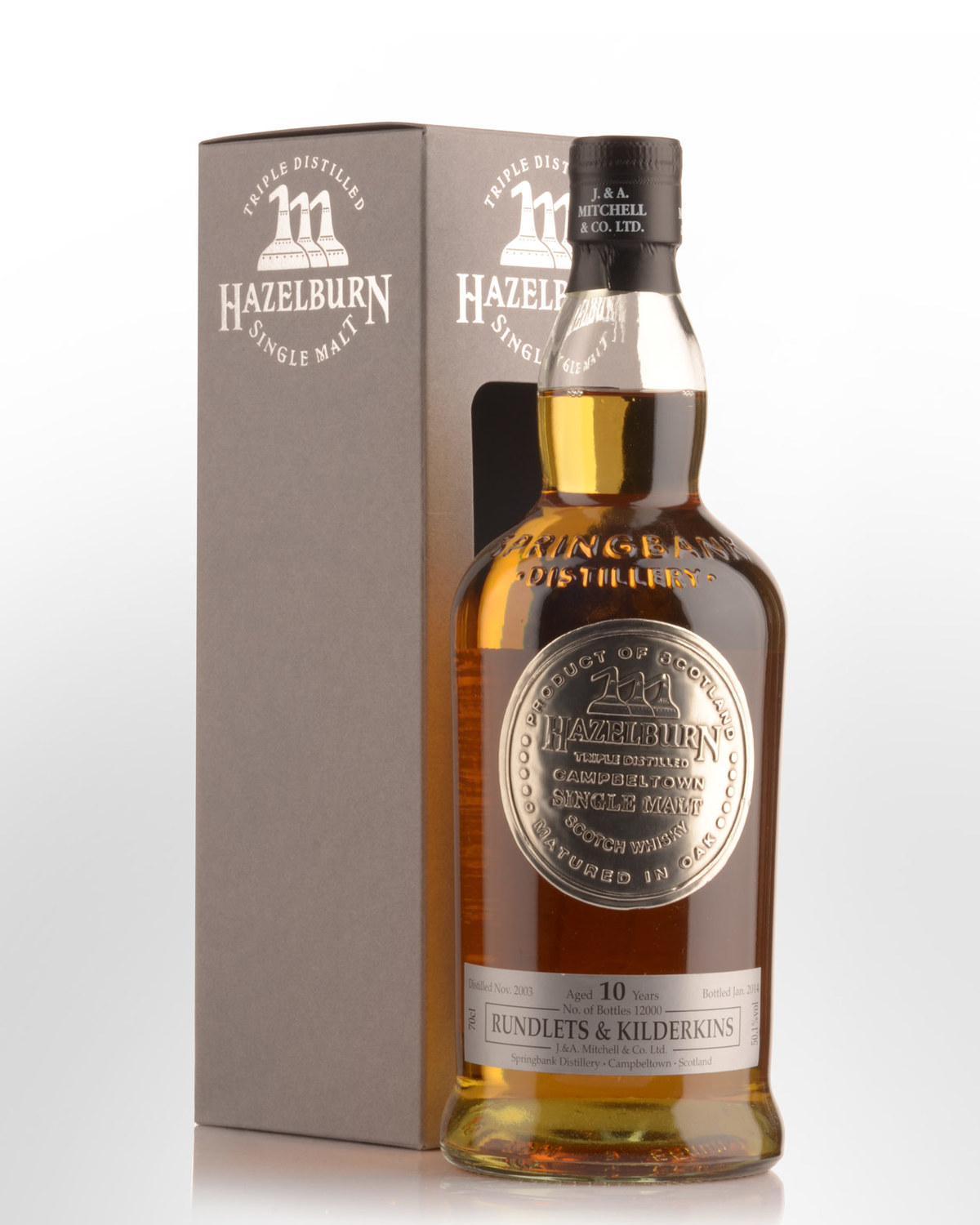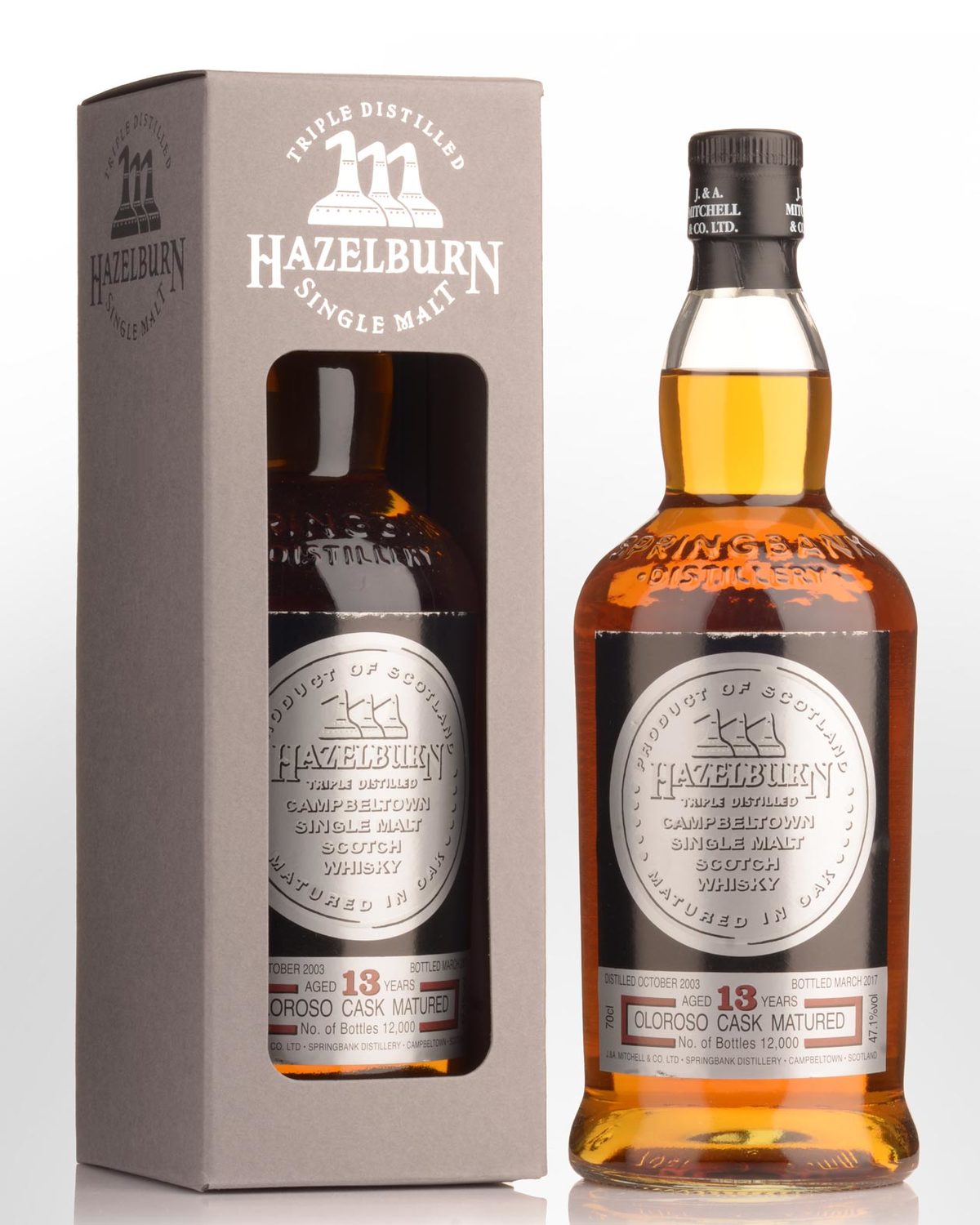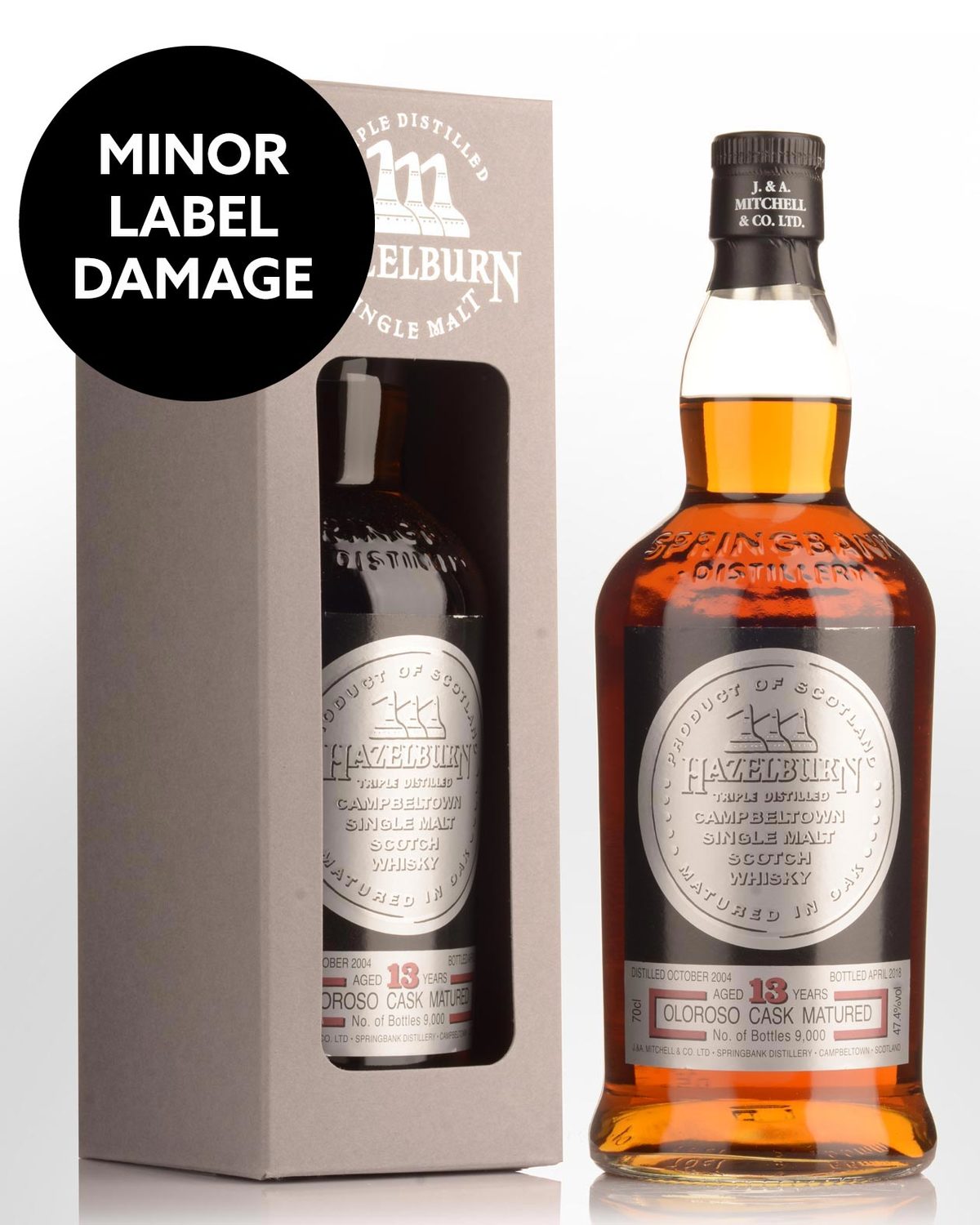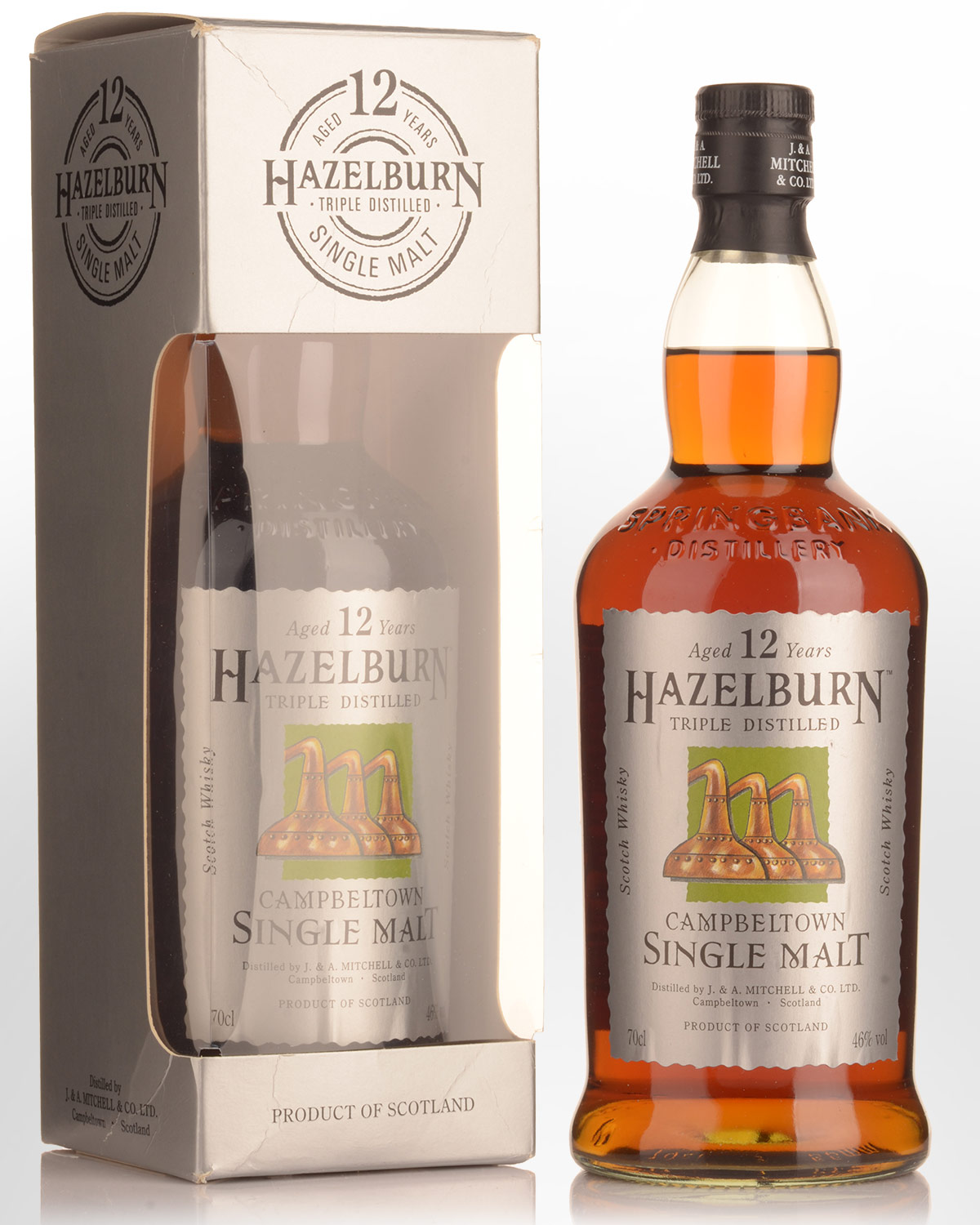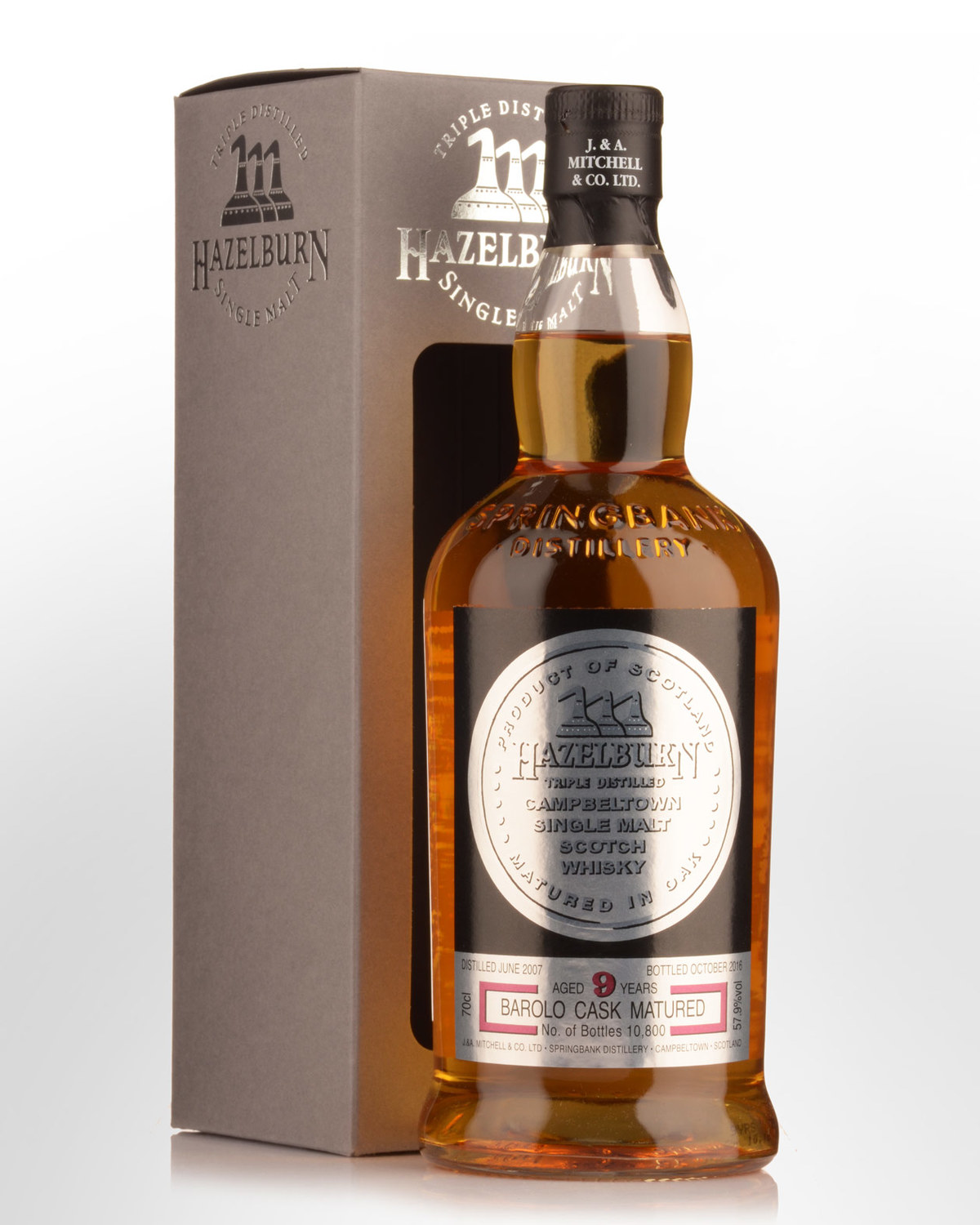Availability:
Springbank/Hazelburn/Longrow
With our shelves empty of any bottling of Springbank, Longrow or Hazelburn for most of the year, Nicks Wine Merchants have worked to change that, searching the world so that more customers can experience these whiskies.
However, the consequences of buying from a number of suppliers on the global market is that quite often and certainly for the future, the prices are slightly higher than buying off the Australian importer. There will always be other parties in the chain, all who take their cut along the way.
This is now a story of supply and demand. From 3-4 years ago when Springbank 10 Year Old was on the shelf for less than $100 (and it was a hard sell!) to Longrow Peated being sold at a clearance price, now the circle has turned and there are more customers than bottles.
Nicks Wine Merchants have done our utmost to keep the prices as low as possible, but now they reflect the price globally, not locally. The opportunity is now here to obtain and taste a Springbank/Longrow/Hazelburn from perhaps the widest range that Nicks have ever assembled at any one time, without having to enter a ballot or being on a VIP list.
Collectors note: Due to the packaging design, Springbank Distillery's labels almost always arrive with minor wearing and markings, most often to the top of the front labels. This is unavoidable. If you are likely to be disappointed by minor label scuffing or slight box bruising, we recommend you don't buy these whiskies. Many Springbank/Longrow/Hazelburn whiskies now arrive without presentation tubes or boxes and are supplied as shown.
![1991 Berry Bros & Rudd Springbank 26 Year Old Cask Strength Single Malt Scotch Whisky (700ml)]() 1991 Berry Bros & Rudd Springbank 26 Year Old Cask Strength Single Malt Scotch Whisky (700ml)$5999. 00 Bottle$71988.00 Dozen
1991 Berry Bros & Rudd Springbank 26 Year Old Cask Strength Single Malt Scotch Whisky (700ml)$5999. 00 Bottle$71988.00 Dozen![1996 East Asia Whisky Company Asanoha Dragon Springbank 24 Year Old Single Malt Scotch Whisky (700ml)]() 1996 East Asia Whisky Company Asanoha Dragon Springbank 24 Year Old Single Malt Scotch Whisky (700ml)$6199. 00 Bottle$74388.00 Dozen
1996 East Asia Whisky Company Asanoha Dragon Springbank 24 Year Old Single Malt Scotch Whisky (700ml)$6199. 00 Bottle$74388.00 Dozen![Hazelburn Online Tasting Week May 2021 15 Year Old Cask Strength Single Malt Scotch Whisky (700ml)]() Hazelburn Online Tasting Week May 2021 15 Year Old Cask Strength Single Malt Scotch Whisky (700ml)$799. 00 Bottle$9588.00 Dozen
Hazelburn Online Tasting Week May 2021 15 Year Old Cask Strength Single Malt Scotch Whisky (700ml)$799. 00 Bottle$9588.00 Dozen![2022 Hazelburn 21 Year Old Single Malt Scotch Whisky (700ml)]() 2022 Hazelburn 21 Year Old Single Malt Scotch Whisky (700ml)$999. 00 Bottle$11988.00 Dozen
2022 Hazelburn 21 Year Old Single Malt Scotch Whisky (700ml)$999. 00 Bottle$11988.00 Dozen![2006 Hazelburn Oloroso Cask Matured 15 Year Old Cask Strength Single Malt Scotch Whisky (700ml)]() 2006 Hazelburn Oloroso Cask Matured 15 Year Old Cask Strength Single Malt Scotch Whisky (700ml)$550. 00 Bottle$6600.00 Dozen
2006 Hazelburn Oloroso Cask Matured 15 Year Old Cask Strength Single Malt Scotch Whisky (700ml)$550. 00 Bottle$6600.00 Dozen![Longrow 21 Year Old Single Malt Scotch Whisky (700ml) - 2023 bottling]() Longrow 21 Year Old Single Malt Scotch Whisky (700ml) - 2023 bottling$1399. 00 Bottle$16788.00 Dozen
Longrow 21 Year Old Single Malt Scotch Whisky (700ml) - 2023 bottling$1399. 00 Bottle$16788.00 Dozen![Longrow 21 Year Old Single Malt Scotch Whisky (700ml) - 2020 bottling]() Longrow 21 Year Old Single Malt Scotch Whisky (700ml) - 2020 bottling$1599. 00 Bottle$19188.00 Dozen
Longrow 21 Year Old Single Malt Scotch Whisky (700ml) - 2020 bottling$1599. 00 Bottle$19188.00 Dozen![Longrow Red Tawny Port Cask Matured 11 Year Old Cask Strength Single Malt Scotch Whisky (700ml)]() Longrow Red Tawny Port Cask Matured 11 Year Old Cask Strength Single Malt Scotch Whisky (700ml)$499. 00 Bottle$5988.00 Dozen
Longrow Red Tawny Port Cask Matured 11 Year Old Cask Strength Single Malt Scotch Whisky (700ml)$499. 00 Bottle$5988.00 Dozen![Longrow Red Pinot Noir Cask Matured 15 Year Old Cask Strength Single Malt Scotch Whisky (700ml)]() Longrow Red Pinot Noir Cask Matured 15 Year Old Cask Strength Single Malt Scotch Whisky (700ml)$499. 00 Bottle$5988.00 Dozen
Longrow Red Pinot Noir Cask Matured 15 Year Old Cask Strength Single Malt Scotch Whisky (700ml)$499. 00 Bottle$5988.00 Dozen![Longrow 21 Year Old Single Malt Scotch Whisky (700ml) - 2019 bottling]() Longrow 21 Year Old Single Malt Scotch Whisky (700ml) - 2019 bottling$1799. 00 Bottle$21588.00 Dozen
Longrow 21 Year Old Single Malt Scotch Whisky (700ml) - 2019 bottling$1799. 00 Bottle$21588.00 Dozen![Longrow 21 Year Old Single Malt Scotch Whisky (700ml) - 2022 bottling]() Longrow 21 Year Old Single Malt Scotch Whisky (700ml) - 2022 bottling$999. 00 Bottle$11988.00 Dozen
Longrow 21 Year Old Single Malt Scotch Whisky (700ml) - 2022 bottling$999. 00 Bottle$11988.00 Dozen![Longrow Peated Single Malt Scotch Whisky (700ml)]()
- 93
Longrow Peated Single Malt Scotch Whisky (700ml)$199. 99 Bottle$2399.88 Dozen![1992 Sansibar Koi Series Springbank 28 Year Old Single Malt Scotch Whisky (700ml) - Bottled For Japanwhiskys]() 1992 Sansibar Koi Series Springbank 28 Year Old Single Malt Scotch Whisky (700ml) - Bottled For Japanwhiskys$1999. 00 Bottle$23988.00 Dozen
1992 Sansibar Koi Series Springbank 28 Year Old Single Malt Scotch Whisky (700ml) - Bottled For Japanwhiskys$1999. 00 Bottle$23988.00 Dozen![Springbank 18 Year Old Single Malt Scotch Whisky (700ml) - 2024 bottling]() Springbank 18 Year Old Single Malt Scotch Whisky (700ml) - 2024 bottling$799. 00 Bottle$9588.00 Dozen
Springbank 18 Year Old Single Malt Scotch Whisky (700ml) - 2024 bottling$799. 00 Bottle$9588.00 Dozen![Springbank 24 Year Old Springbank Open Day 2023 Single Malt Scotch Whisky (350ml)]() Springbank 24 Year Old Springbank Open Day 2023 Single Malt Scotch Whisky (350ml)$499. 00 Bottle$5988.00 Dozen
Springbank 24 Year Old Springbank Open Day 2023 Single Malt Scotch Whisky (350ml)$499. 00 Bottle$5988.00 Dozen![Springbank 15 Year Old Single Malt Scotch Whisky (700ml) - 2024 Bottling]() Springbank 15 Year Old Single Malt Scotch Whisky (700ml) - 2024 Bottling$399. 00 Bottle$4788.00 Dozen
Springbank 15 Year Old Single Malt Scotch Whisky (700ml) - 2024 Bottling$399. 00 Bottle$4788.00 Dozen![Springbank 25 Year Old Single Malt Scotch Whisky (700ml) - 2020 Limited Edition Bottling - DAMAGED GIFT BOX]() Springbank 25 Year Old Single Malt Scotch Whisky (700ml) - 2020 Limited Edition Bottling - DAMAGED GIFT BOXReduced from $3,499.00$2999. 00 Bottle$35988.00 Dozen
Springbank 25 Year Old Single Malt Scotch Whisky (700ml) - 2020 Limited Edition Bottling - DAMAGED GIFT BOXReduced from $3,499.00$2999. 00 Bottle$35988.00 Dozen![Springbank Local Barley 11 Year Old Cask Strength Single Malt Scotch Whisky (700ml) - 2022 Release]() Springbank Local Barley 11 Year Old Cask Strength Single Malt Scotch Whisky (700ml) - 2022 Release$699. 00 Bottle$8388.00 Dozen
Springbank Local Barley 11 Year Old Cask Strength Single Malt Scotch Whisky (700ml) - 2022 Release$699. 00 Bottle$8388.00 Dozen![Springbank 10 Year Old Single Malt Scotch Whisky (700ml) - 2005 bottling]() Springbank 10 Year Old Single Malt Scotch Whisky (700ml) - 2005 bottling$699. 00 Bottle$8388.00 Dozen
Springbank 10 Year Old Single Malt Scotch Whisky (700ml) - 2005 bottling$699. 00 Bottle$8388.00 Dozen![Springbank 10 Year Old Single Malt Scotch Whisky (700ml) - 2022 bottling]()
- 93
Springbank 10 Year Old Single Malt Scotch Whisky (700ml) - 2022 bottling$250. 00 Bottle$3000.00 Dozen![7984614613_1.jpg]() Sold Out1969 Adelphi Springbank 35 Year Old Cask Strength Single Malt Scotch Whisky (700ml)$4999. 00 Bottle$59988.00 Dozen
Sold Out1969 Adelphi Springbank 35 Year Old Cask Strength Single Malt Scotch Whisky (700ml)$4999. 00 Bottle$59988.00 Dozen![464644511321_1.jpg]() Sold Out1964 Adelphi Springbank 32 Year Old Cask Strength Single Malt Scotch Whisky (700ml)$11999. 00 Bottle$143988.00 Dozen
Sold Out1964 Adelphi Springbank 32 Year Old Cask Strength Single Malt Scotch Whisky (700ml)$11999. 00 Bottle$143988.00 Dozen![1993 Claxton's Dalswinton Series Springbank 30 Year Old Cask Strength Single Malt Scotch Whisky (700ml)]() Sold Out1993 Claxton's Dalswinton Series Springbank 30 Year Old Cask Strength Single Malt Scotch Whisky (700ml)$2499. 00 Bottle$29988.00 Dozen
Sold Out1993 Claxton's Dalswinton Series Springbank 30 Year Old Cask Strength Single Malt Scotch Whisky (700ml)$2499. 00 Bottle$29988.00 Dozen![1999 Claxton's Dalswinton Series Springbank 21 Year Old Cask Strength Single Malt Scotch Whisky (700ml)]() Sold Out1999 Claxton's Dalswinton Series Springbank 21 Year Old Cask Strength Single Malt Scotch Whisky (700ml)$899. 00 Bottle$10788.00 Dozen
Sold Out1999 Claxton's Dalswinton Series Springbank 21 Year Old Cask Strength Single Malt Scotch Whisky (700ml)$899. 00 Bottle$10788.00 Dozen![Darkness Springbank Oloroso Cask Finish 21 Year Old Single Malt Scotch Whisky (500ml)]() Sold OutDarkness Springbank Oloroso Cask Finish 21 Year Old Single Malt Scotch Whisky (500ml)Reduced from $1,250.00$799. 00 Bottle$9588.00 Dozen
Sold OutDarkness Springbank Oloroso Cask Finish 21 Year Old Single Malt Scotch Whisky (500ml)Reduced from $1,250.00$799. 00 Bottle$9588.00 Dozen![1994 Decadent Drinks Whiskyland Chapter Fifteen Springbank 30 Year Old Cask Strength Single Malt Scotch Whisky (700ml)]() Sold Out1994 Decadent Drinks Whiskyland Chapter Fifteen Springbank 30 Year Old Cask Strength Single Malt Scotch Whisky (700ml)$1999. 00 Bottle$23988.00 Dozen
Sold Out1994 Decadent Drinks Whiskyland Chapter Fifteen Springbank 30 Year Old Cask Strength Single Malt Scotch Whisky (700ml)$1999. 00 Bottle$23988.00 Dozen![12211221333_1.jpg]() Sold Out1967 Duncan Taylor Peerless Single Cask Springbank 35 Year Old Cask Strength Single Malt Scotch Whisky (700ml)$2999. 00 Bottle$35988.00 Dozen
Sold Out1967 Duncan Taylor Peerless Single Cask Springbank 35 Year Old Cask Strength Single Malt Scotch Whisky (700ml)$2999. 00 Bottle$35988.00 Dozen![1993 Elixir Distillers Masterpieces Springbank 23 Year Old Cask Strength Single Malt Scotch Whisky (700ml)]() Sold Out1993 Elixir Distillers Masterpieces Springbank 23 Year Old Cask Strength Single Malt Scotch Whisky (700ml)$1999. 00 Bottle$23988.00 Dozen
Sold Out1993 Elixir Distillers Masterpieces Springbank 23 Year Old Cask Strength Single Malt Scotch Whisky (700ml)$1999. 00 Bottle$23988.00 Dozen![Hazelburn 14 Year Old Springbank Open Day 2023 Single Malt Scotch Whisky (350ml)]() Sold OutHazelburn 14 Year Old Springbank Open Day 2023 Single Malt Scotch Whisky (350ml)$149. 99 Bottle$1799.88 Dozen
Sold OutHazelburn 14 Year Old Springbank Open Day 2023 Single Malt Scotch Whisky (350ml)$149. 99 Bottle$1799.88 Dozen![2008 Hazelburn Oloroso Cask Matured 15 Year Old Cask Strength Single Malt Scotch Whisky (700ml)]() Sold Out2008 Hazelburn Oloroso Cask Matured 15 Year Old Cask Strength Single Malt Scotch Whisky (700ml)$299. 00 Bottle$3588.00 Dozen
Sold Out2008 Hazelburn Oloroso Cask Matured 15 Year Old Cask Strength Single Malt Scotch Whisky (700ml)$299. 00 Bottle$3588.00 Dozen![Hazelburn 10 Year Old Single Malt Scotch Whisky (700ml) - 2023 Bottling]() Sold OutHazelburn 10 Year Old Single Malt Scotch Whisky (700ml) - 2023 Bottling$199. 99 Bottle$2399.88 Dozen
Sold OutHazelburn 10 Year Old Single Malt Scotch Whisky (700ml) - 2023 Bottling$199. 99 Bottle$2399.88 Dozen![Hazelburn 10 Year Old Single Malt Scotch Whisky (700ml) - 2022 Bottling]() Sold OutHazelburn 10 Year Old Single Malt Scotch Whisky (700ml) - 2022 Bottling$199. 00 Bottle$2388.00 Dozen
Sold OutHazelburn 10 Year Old Single Malt Scotch Whisky (700ml) - 2022 Bottling$199. 00 Bottle$2388.00 Dozen![Hazelburn 10 Year Old Single Malt Scotch Whisky (700ml) - 2021 Bottling]() Sold OutHazelburn 10 Year Old Single Malt Scotch Whisky (700ml) - 2021 Bottling$199. 00 Bottle$2388.00 Dozen
Sold OutHazelburn 10 Year Old Single Malt Scotch Whisky (700ml) - 2021 Bottling$199. 00 Bottle$2388.00 Dozen![Hazelburn 10 Year Old Single Malt Scotch Whisky (700ml) - 2018 Bottling]() Sold OutHazelburn 10 Year Old Single Malt Scotch Whisky (700ml) - 2018 Bottling$250. 00 Bottle$3000.00 Dozen
Sold OutHazelburn 10 Year Old Single Malt Scotch Whisky (700ml) - 2018 Bottling$250. 00 Bottle$3000.00 Dozen![Hazelburn 10 Year Old Single Malt Scotch Whisky (700ml) - 2015 Bottling]() Sold OutHazelburn 10 Year Old Single Malt Scotch Whisky (700ml) - 2015 Bottling$299. 00 Bottle$3588.00 Dozen
Sold OutHazelburn 10 Year Old Single Malt Scotch Whisky (700ml) - 2015 Bottling$299. 00 Bottle$3588.00 Dozen![2010 Hazelburn Oloroso Cask Matured 12 Year Old Single Malt Scotch Whisky (700ml)]() Sold Out2010 Hazelburn Oloroso Cask Matured 12 Year Old Single Malt Scotch Whisky (700ml)$299. 00 Bottle$3588.00 Dozen
Sold Out2010 Hazelburn Oloroso Cask Matured 12 Year Old Single Malt Scotch Whisky (700ml)$299. 00 Bottle$3588.00 Dozen![Hazelburn 8 Year Old Triple Distilled Single Malt Scotch Whisky (700ml)]() Sold OutHazelburn 8 Year Old Triple Distilled Single Malt Scotch Whisky (700ml)$350. 00 Bottle$4200.00 Dozen
Sold OutHazelburn 8 Year Old Triple Distilled Single Malt Scotch Whisky (700ml)$350. 00 Bottle$4200.00 Dozen![4132465312213_1.jpg]() Sold Out2007 Hazelburn 13 Year Old Oloroso Sherry Wood Single Malt Scotch Whisky (700ml) - 2021 Release$240. 00 Bottle$2880.00 Dozen
Sold Out2007 Hazelburn 13 Year Old Oloroso Sherry Wood Single Malt Scotch Whisky (700ml) - 2021 Release$240. 00 Bottle$2880.00 Dozen![9132465798123_1.jpg]() Sold Out2007 Hazelburn 13 Year Old Oloroso Sherry Wood Cask Strength Single Malt Scotch Whisky (700ml)$199. 00 Bottle$2388.00 Dozen
Sold Out2007 Hazelburn 13 Year Old Oloroso Sherry Wood Cask Strength Single Malt Scotch Whisky (700ml)$199. 00 Bottle$2388.00 Dozen![15613453484_1.jpg]() Sold OutHazelburn Rundlets & Kilderkins Christmas 2012 Single Malt Scotch Whisky (700ml)$799. 00 Bottle$9588.00 Dozen
Sold OutHazelburn Rundlets & Kilderkins Christmas 2012 Single Malt Scotch Whisky (700ml)$799. 00 Bottle$9588.00 Dozen![Hazelburn 10 Year Old Single Malt Scotch Whisky (700ml)]() Sold OutHazelburn 10 Year Old Single Malt Scotch Whisky (700ml)$199. 00 Bottle$2388.00 Dozen
Sold OutHazelburn 10 Year Old Single Malt Scotch Whisky (700ml)$199. 00 Bottle$2388.00 Dozen![98090222322_1.jpg]() Sold Out
Sold Out- 95
2004 Hazelburn Oloroso Cask Matured 14 Year Old Cask Strength Single Malt Scotch Whisky (700ml)$165. 00 Bottle$1980.00 Dozen![1564848644_1.jpg]() Sold Out
Sold Out- 94
Hazelburn Rundlets & Kilderkins 10 Year Old Cask Strength Single Malt Scotch Whisky (700ml)$165. 00 Bottle$1980.00 Dozen![610854002688_1.jpg]() Sold Out2003 Hazelburn Oloroso Cask Matured 13 Year Old Cask Strength Single Malt Scotch Whisky (700ml)$175. 00 Bottle$2100.00 Dozen
Sold Out2003 Hazelburn Oloroso Cask Matured 13 Year Old Cask Strength Single Malt Scotch Whisky (700ml)$175. 00 Bottle$2100.00 Dozen![1065680181111_1.jpg]() Sold Out2004 Hazelburn 13 Year Old Oloroso Sherry Wood Single Malt Scotch Whisky (700ml)$175. 00 Bottle$2100.00 Dozen
Sold Out2004 Hazelburn 13 Year Old Oloroso Sherry Wood Single Malt Scotch Whisky (700ml)$175. 00 Bottle$2100.00 Dozen![Hazelburn 12 Year Old Single Malt Scotch Whisky (700ml)]() Sold OutHazelburn 12 Year Old Single Malt Scotch Whisky (700ml)$399. 00 Bottle$4788.00 Dozen
Sold OutHazelburn 12 Year Old Single Malt Scotch Whisky (700ml)$399. 00 Bottle$4788.00 Dozen![1022274_1.jpg]() Sold Out
Sold Out- 91
Hazelburn CV Single Malt Scotch Whisky (700ml)$99. 99 Bottle$1199.88 Dozen![610854002602_1.jpg]() Sold Out
Sold Out- 95
Hazelburn Barolo Cask Matured 9 Year Old Cask Strength Single Malt Scotch Whisky (700ml)$160. 00 Bottle$1920.00 Dozen
Springbank: One of the World’s Great Distilleries.
There are distilleries in Scotland that inspire a sense of reverence due to their singular commitment from generation to generation. No fads, no computers, no fancy technology. ‘Traditional’ is a word that comes to mind, but its present day connotations with hackneyed Scotch Whisky marketing hype do this particular distillery an injustice. A visitor to Springbank once described the experience as “...stepping into a Victorian distilling textbook”. You could think of it like a monastery or Amish farm house. We've met many seasoned whisky lovers who don't know about Springbank, but then, it doesn’t follow industry fashions or court publicity. There are good reasons why this is presently one of the most interesting distilleries happening in the world of Scotch whisky today. Springbank is small - in fact, one of Scotland's smallest distilleries. They’re also family owned. Both factors making Springbank inherently flexible. Small batches and experimental runs are their stock and trade. More importantly, they maintain complete control of the production process - from their own water source, to the floor maltings, through to a seventy hour fermentation which is one of the slowest in the industry.
At the heart of Springbank’s mostly superlative output is an artisanal distilling technique. They operate a form of ‘partial triple distillation’, that is, everything is distilled two and a half times instead of twice - the latter being standard for Scotch Whisky. The wash still is fired from the bottom by live flame (also very rare). It takes attention and skill to manage charges like this. Mess it up and you get undesirable burnt flavours. Get it right and you can introduce some interesting toasty grain characteristics to the whisky as parts of the mash fall on 'hot spots' and are gently ‘roasted’ on the base of the still. While the technique has always been highly regarded by the Scots it's rarely applied mainly for reasons of efficiency. When other distilleries switched from direct flame heating to solely steam coil heating in the 1960s, 70s and 80s many managers reported a change in the character of their spirit, and rarely for the better. To prevent solids within the wash burning at the bottom of the still, it’s fitted on the inside with copper chains, called rummagers, which rotate on an arm. The method of continuously scraping solids including yeast and barley has always been considered an important factor in the whisky's eventual flavour. It goes without saying that chill filtration and artificial colouring are no where to be seen here.
For the history buffs, Springbank’s location is also worth mention. Campbeltown was home to a big fishing fleet, and no less than 37 distilleries during the 19th century. Following the Excise Act of 1823 taxes were reduced to such an extent that legal distilling at last became competitive against smuggling. This really was the beginning of the golden years for Campbeltown distillers, who hastily began applying for licences. Subsequently Campbeltown became an epicentre for malt whisky, earning it the nickname 'Whisky Capital of the World.' Levels of production were so high that it was inevitable the bubble would burst. The early part of the 20th century saw changes which had a detrimental effect on the Campbeltown whisky trade. Overconfident in their Glasgow monopoly, some Campbeltown distillers became complacent, putting the emphasis on quantity, not quality, which led to the production of inferior spirit. This, coupled with a post-war economic depression and prohibition in the United States took its toll and by 1930 only three distilleries survived. ‘Rieclachan’ closed in 1934, leaving only Springbank and Glen Scotia. Springbank since opened a sister distillery, Glengyle, which is sold under the ‘Kilkerran’ label. You’ll also find it on this website. Whilst bourbon casks are mainly used for maturation of Springbank malts, allowing the distillery character to shine through, a number of sherry casks are also used for added body.

